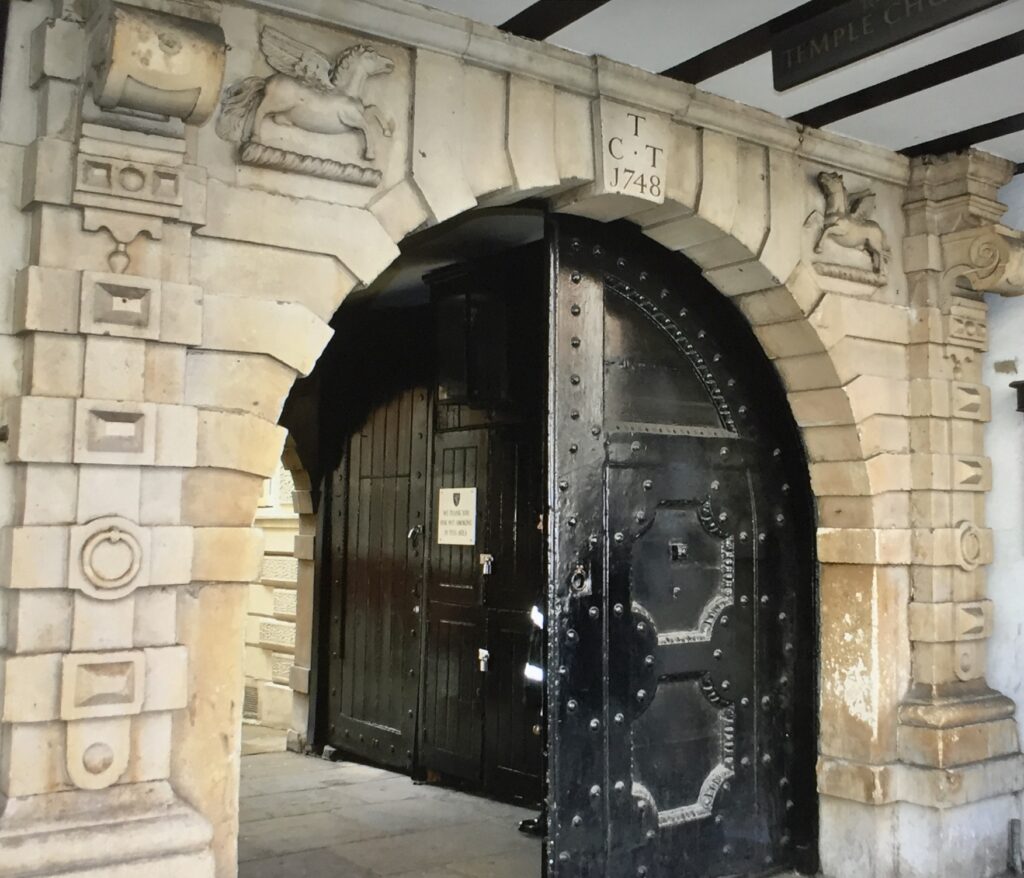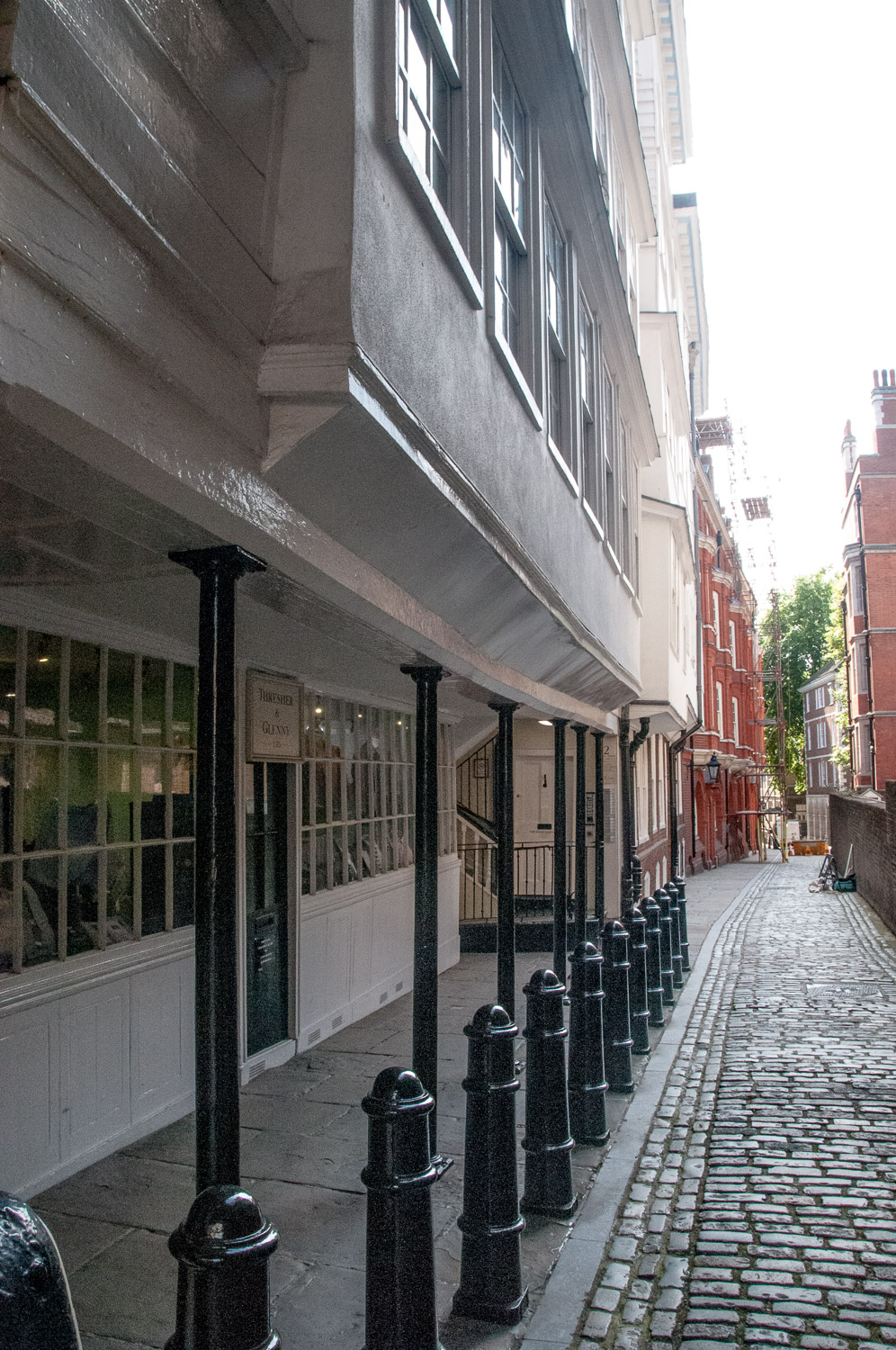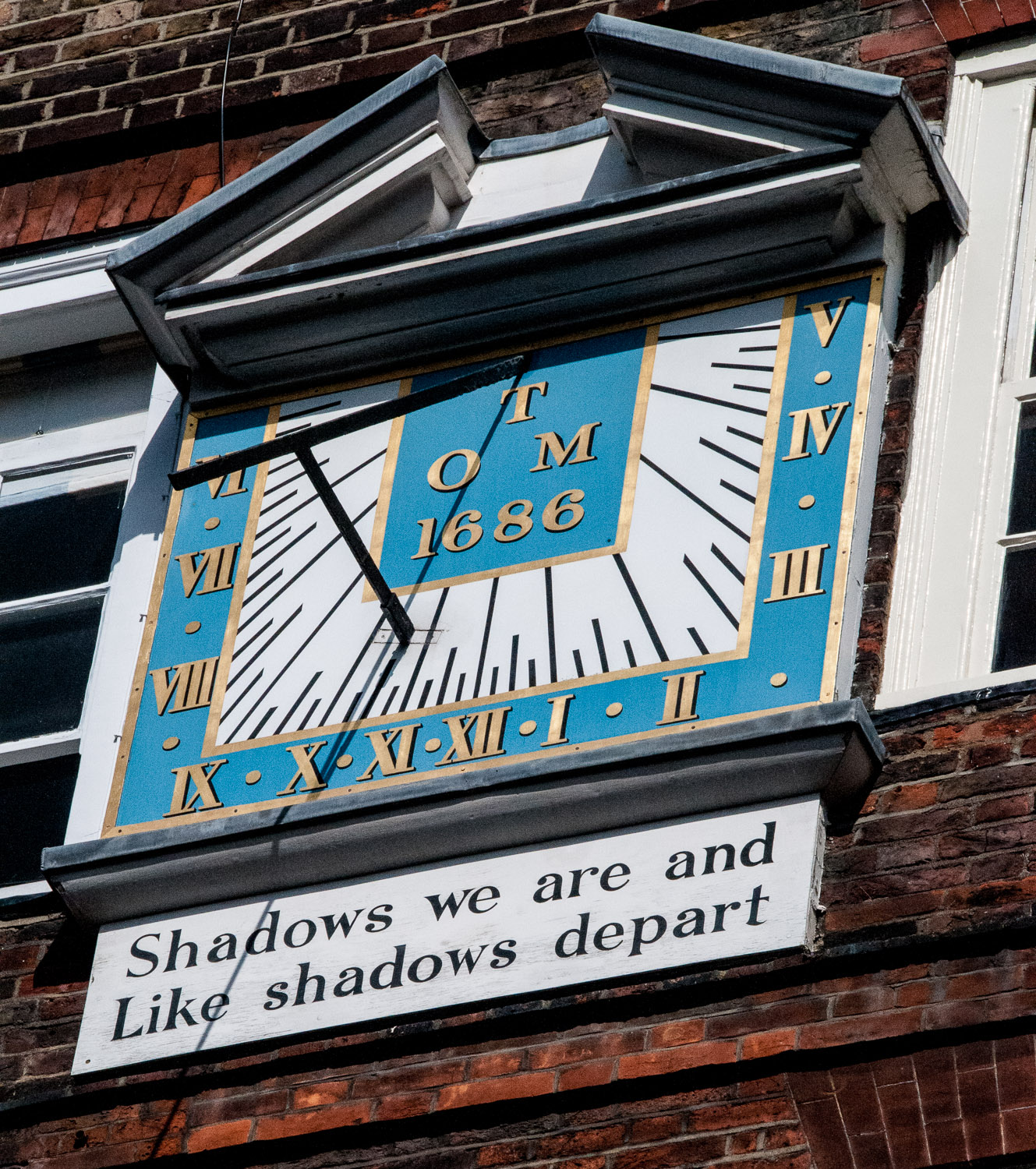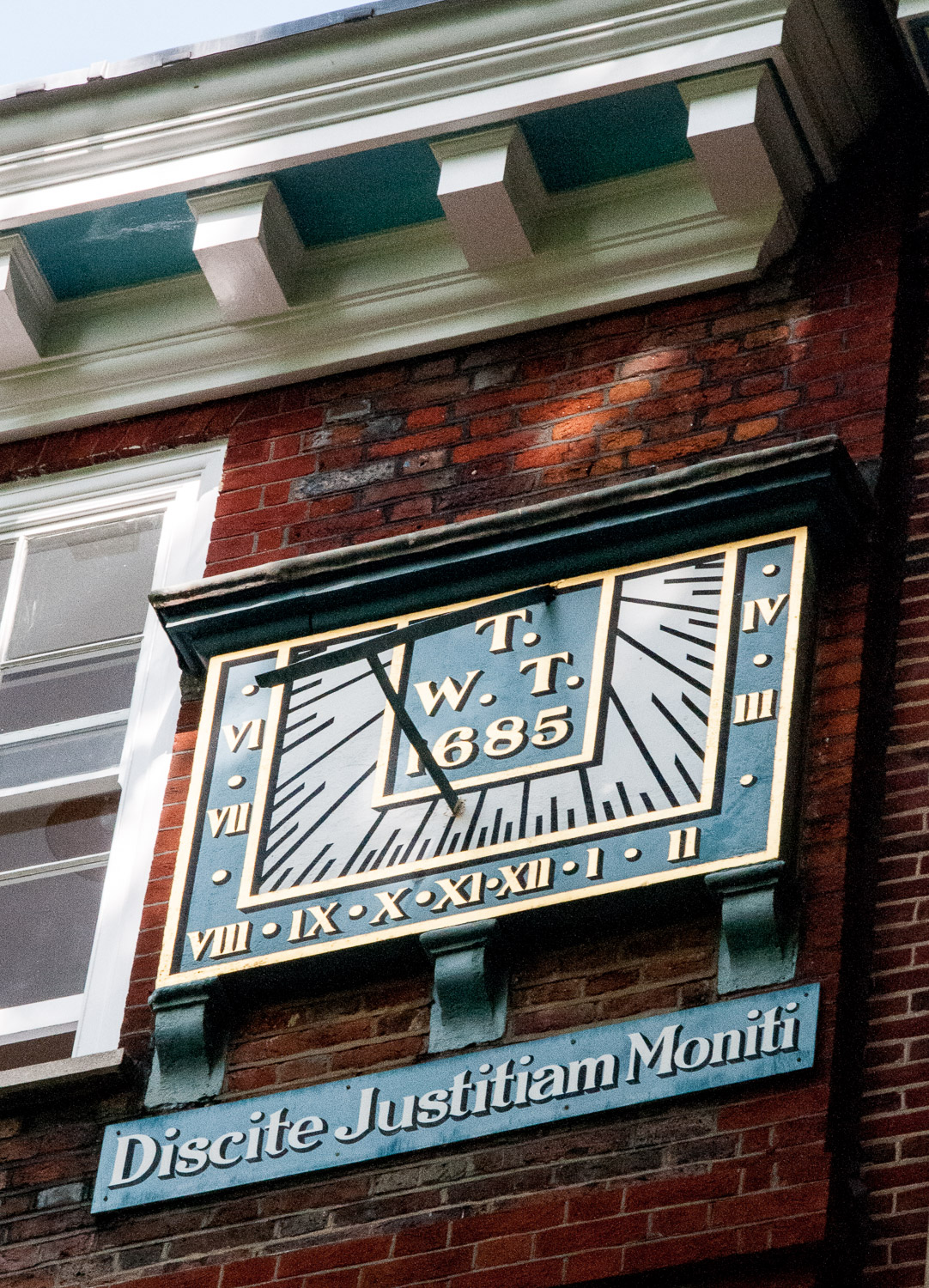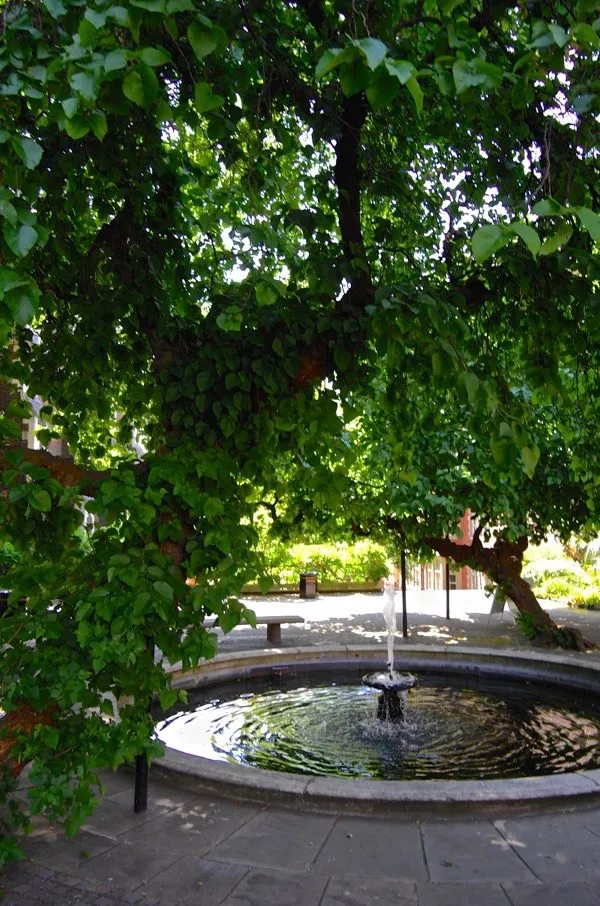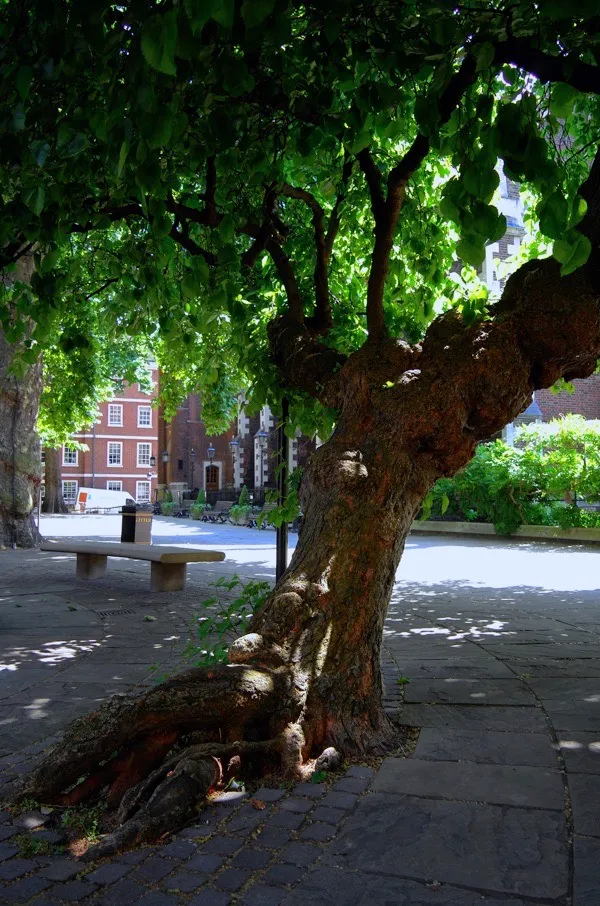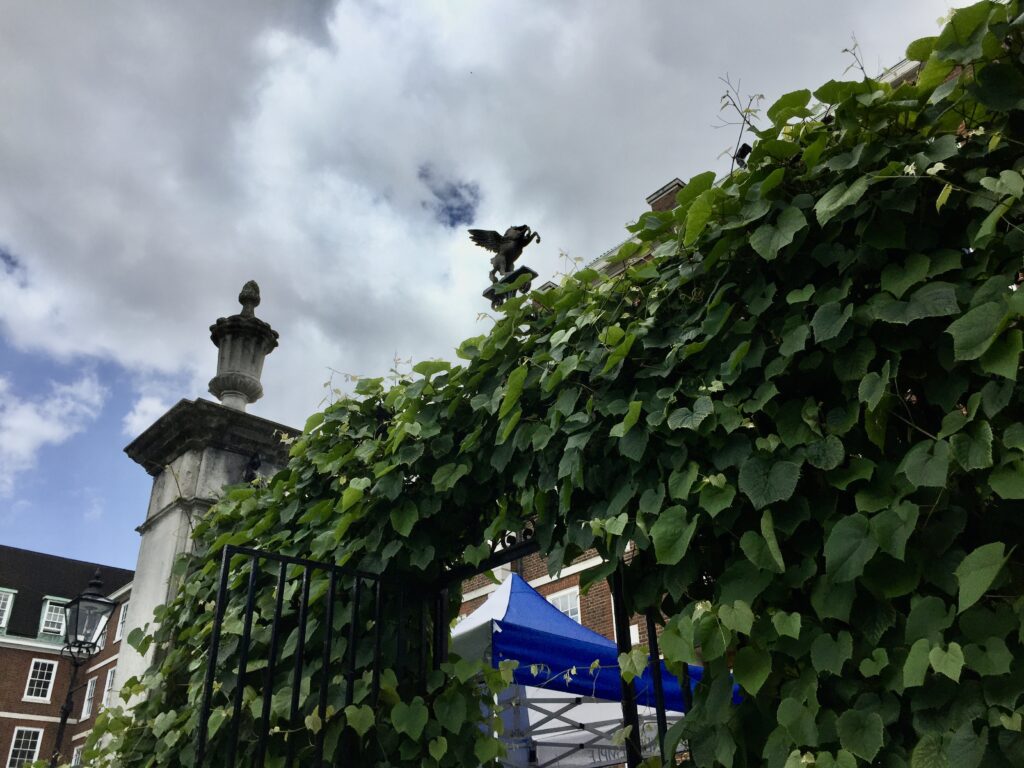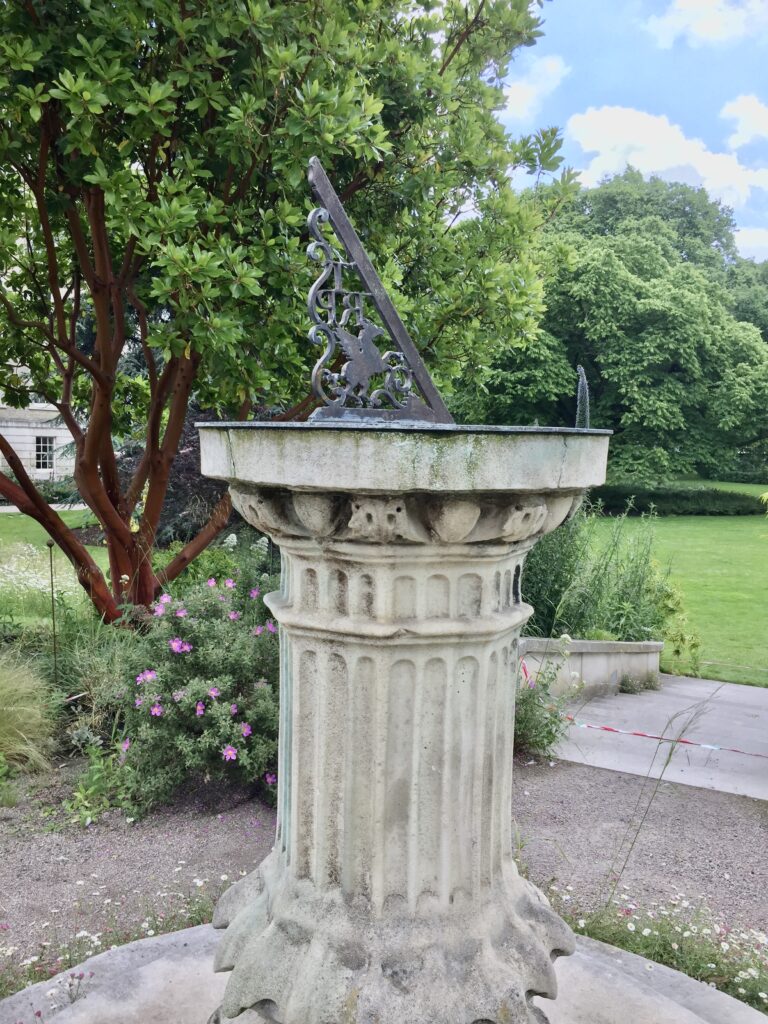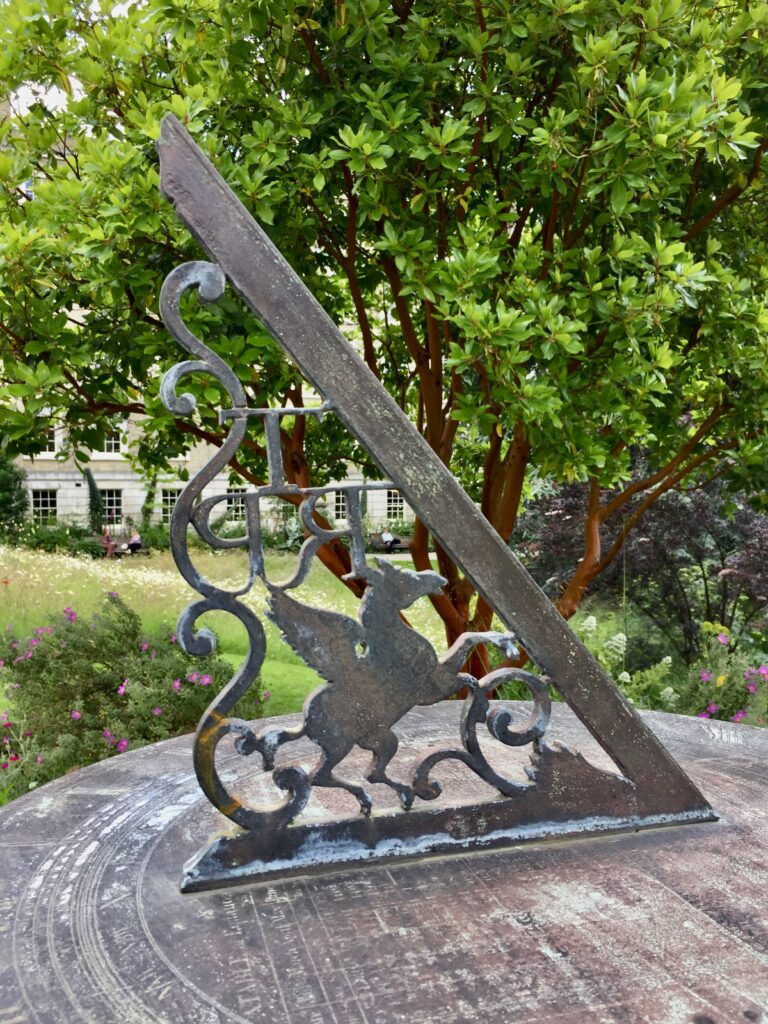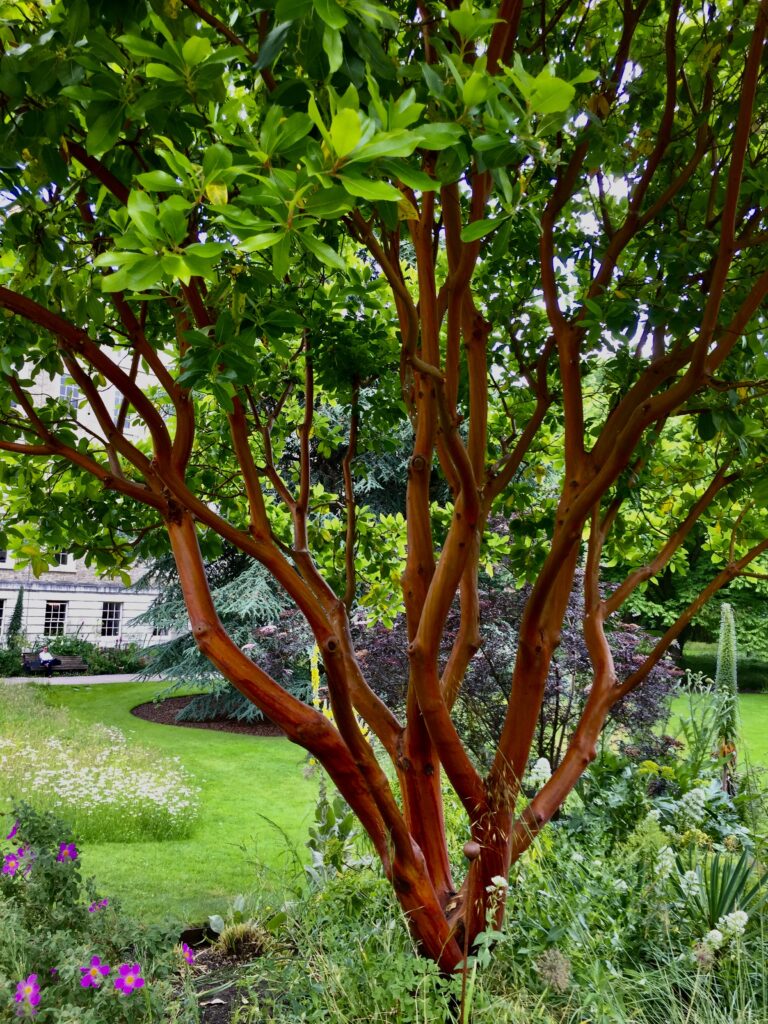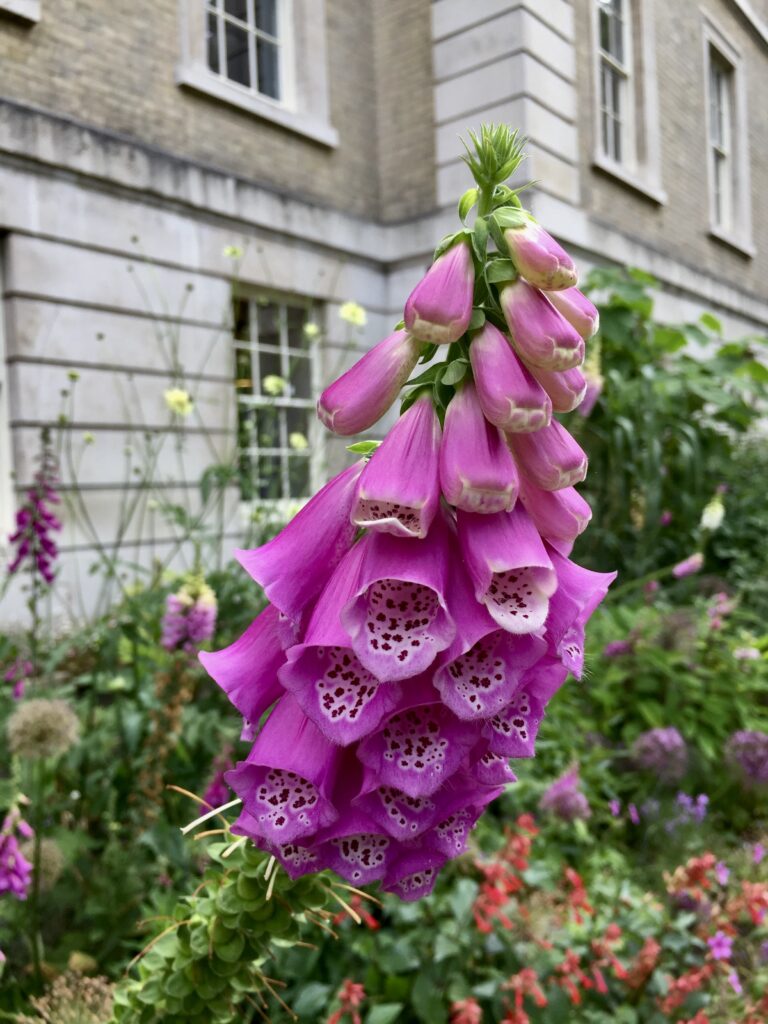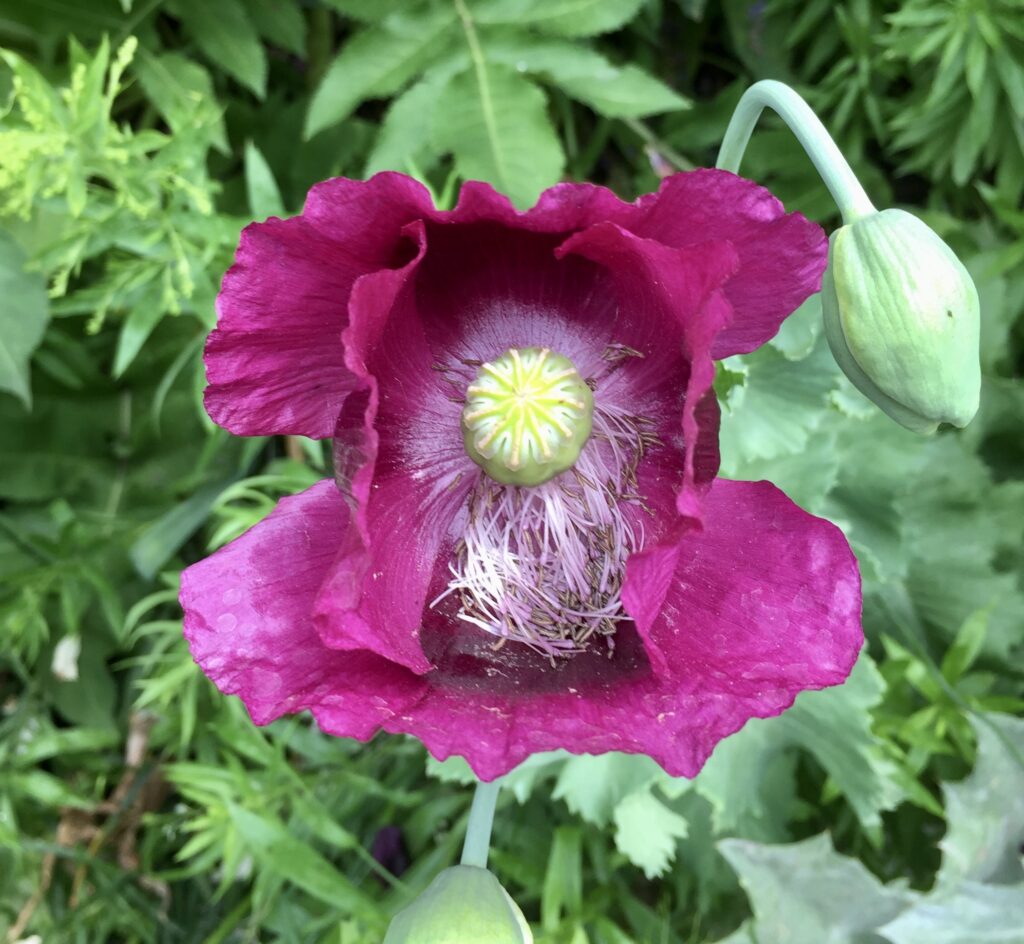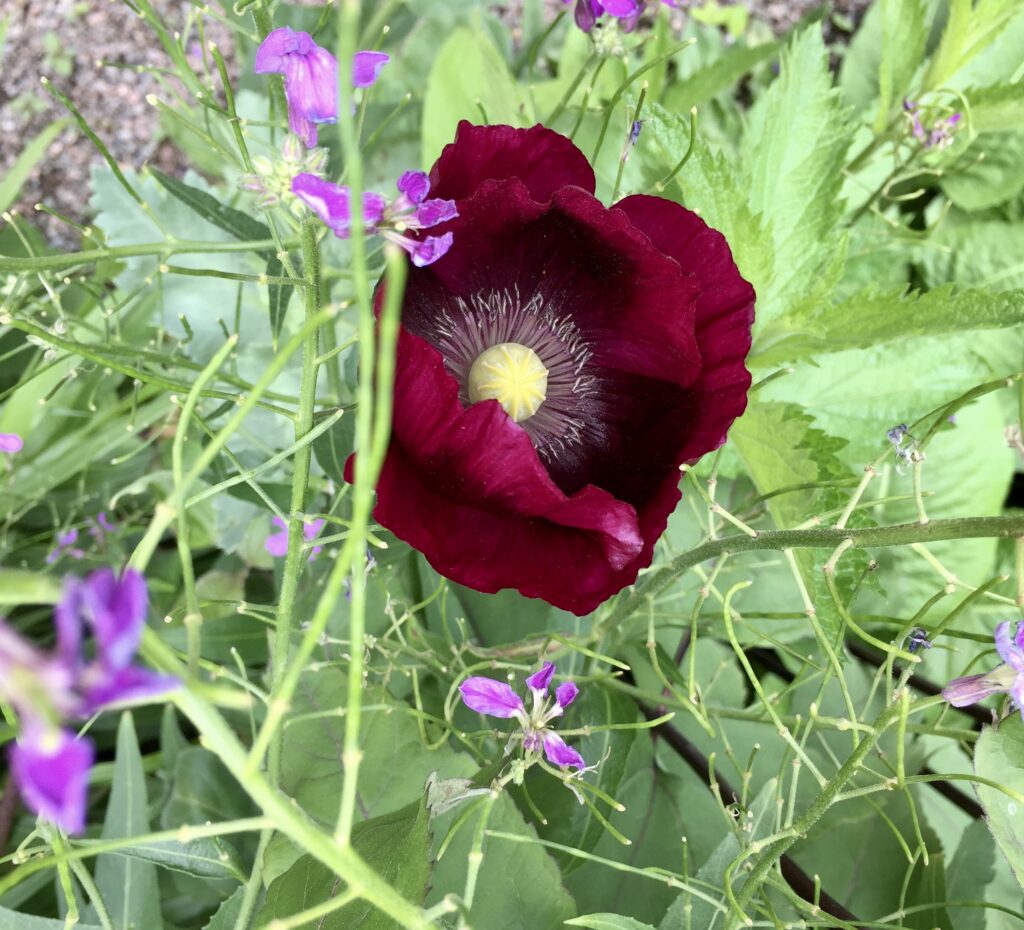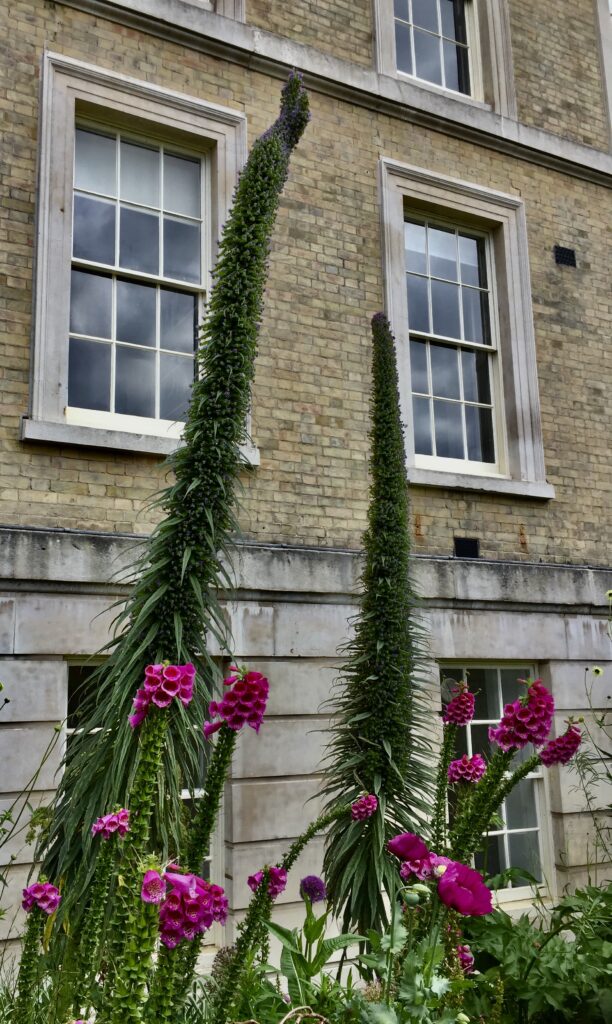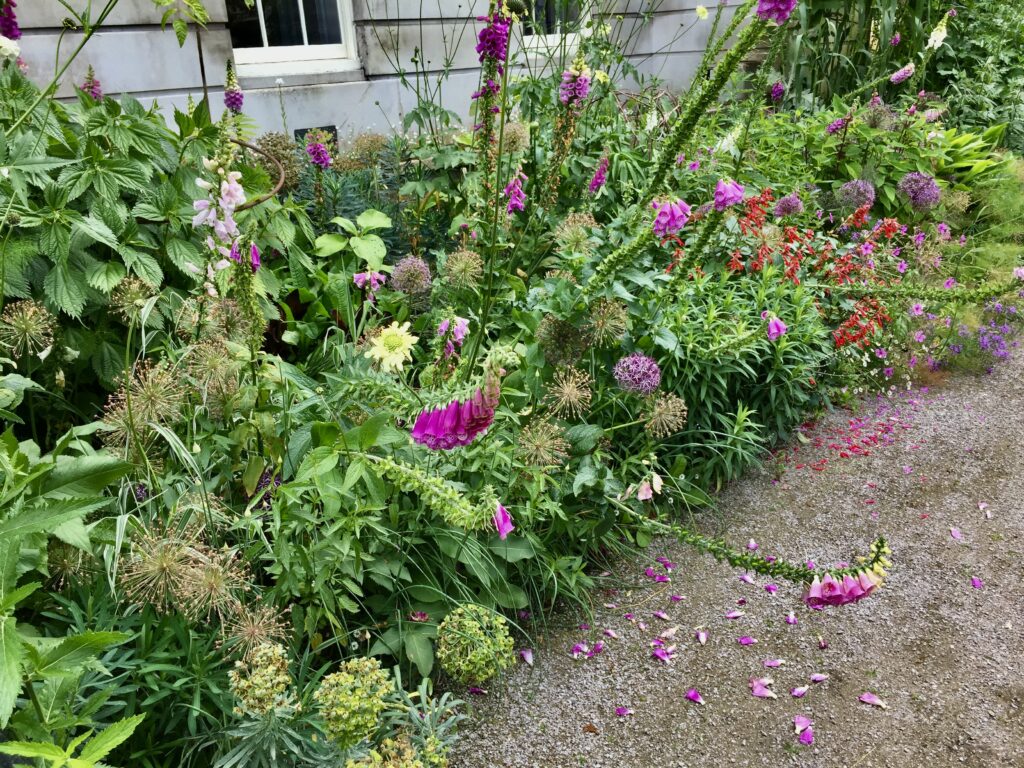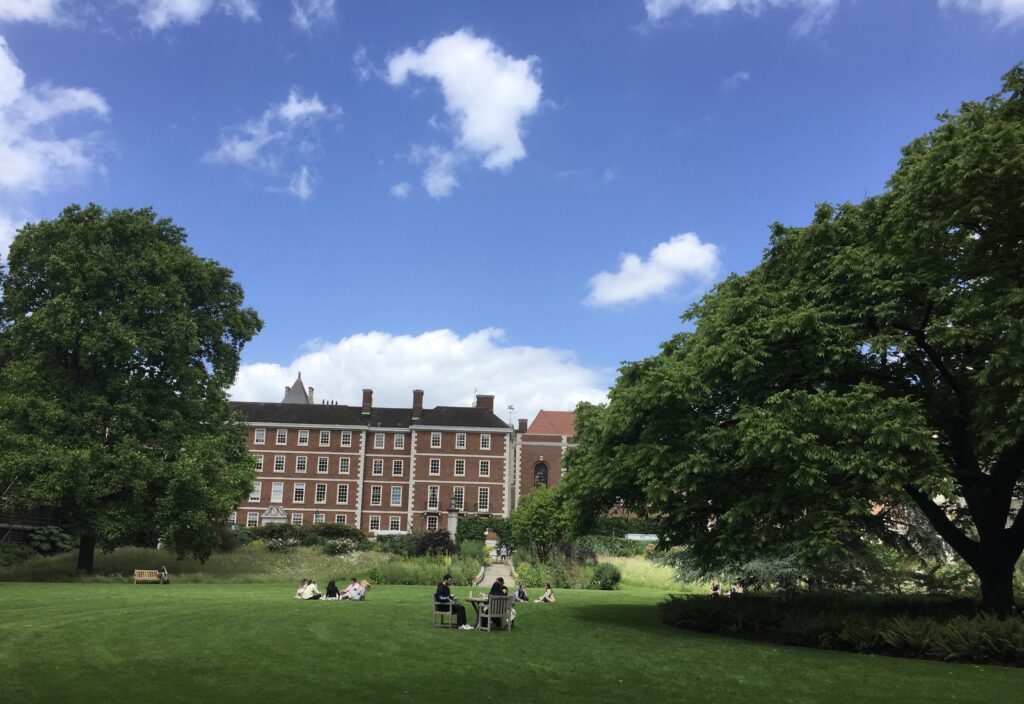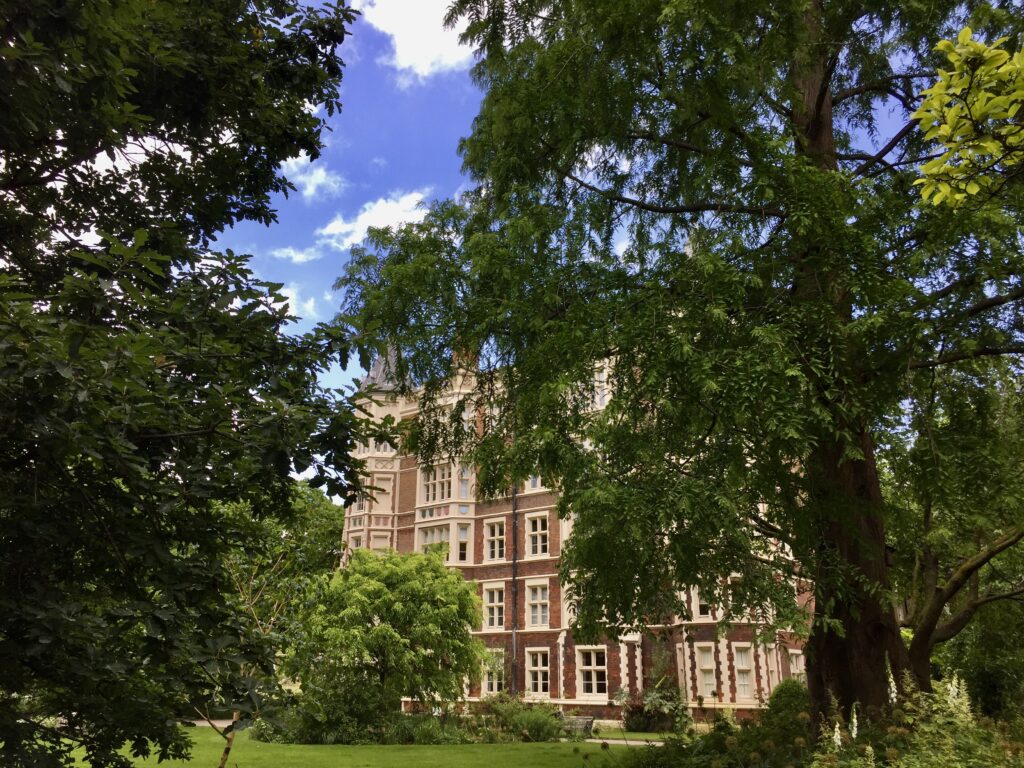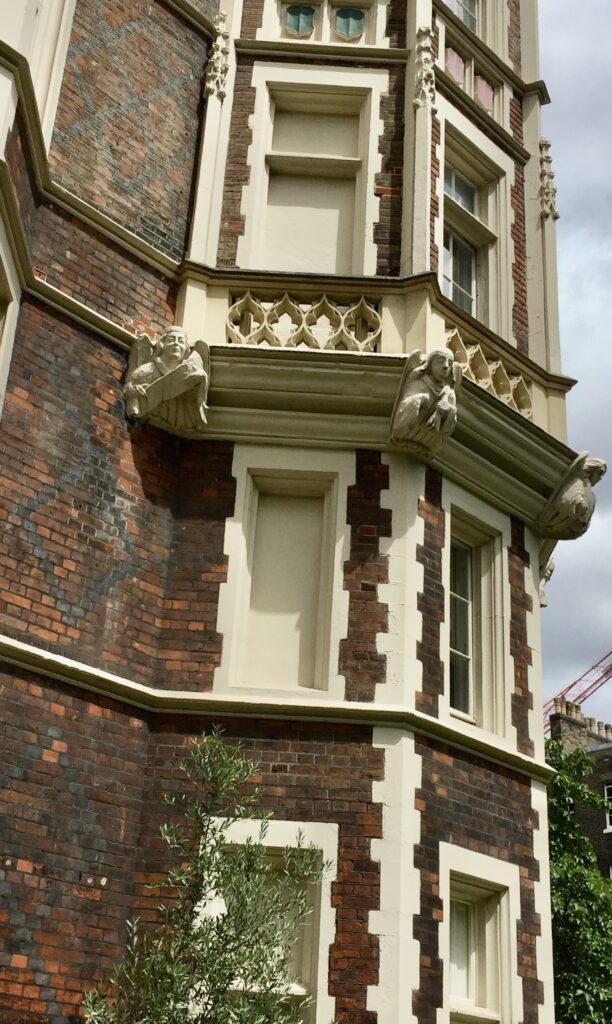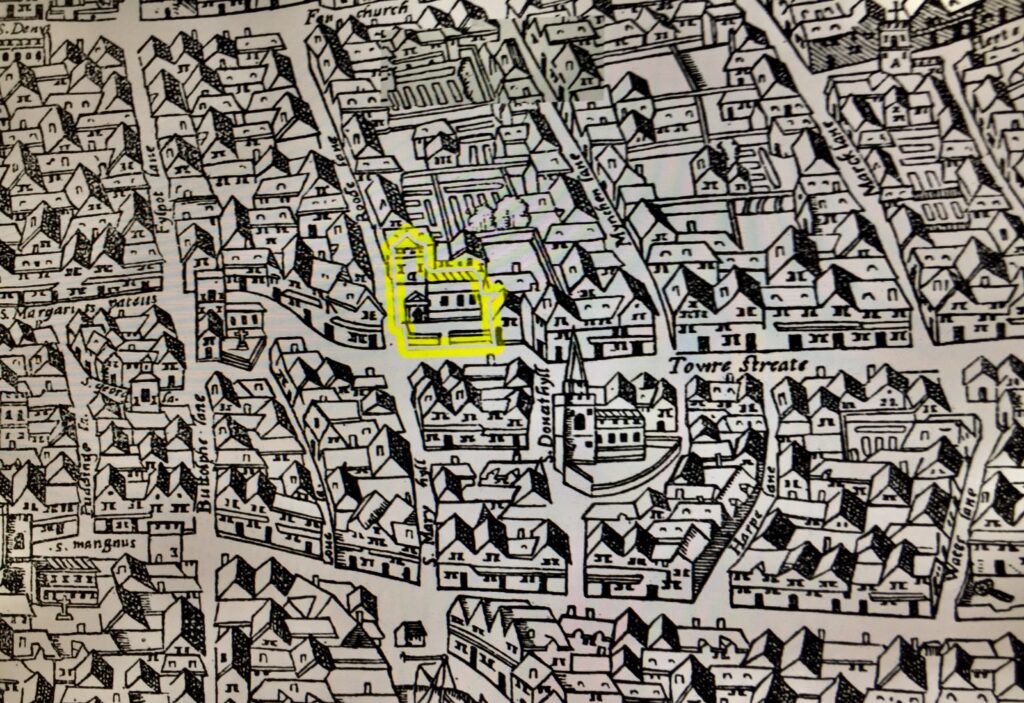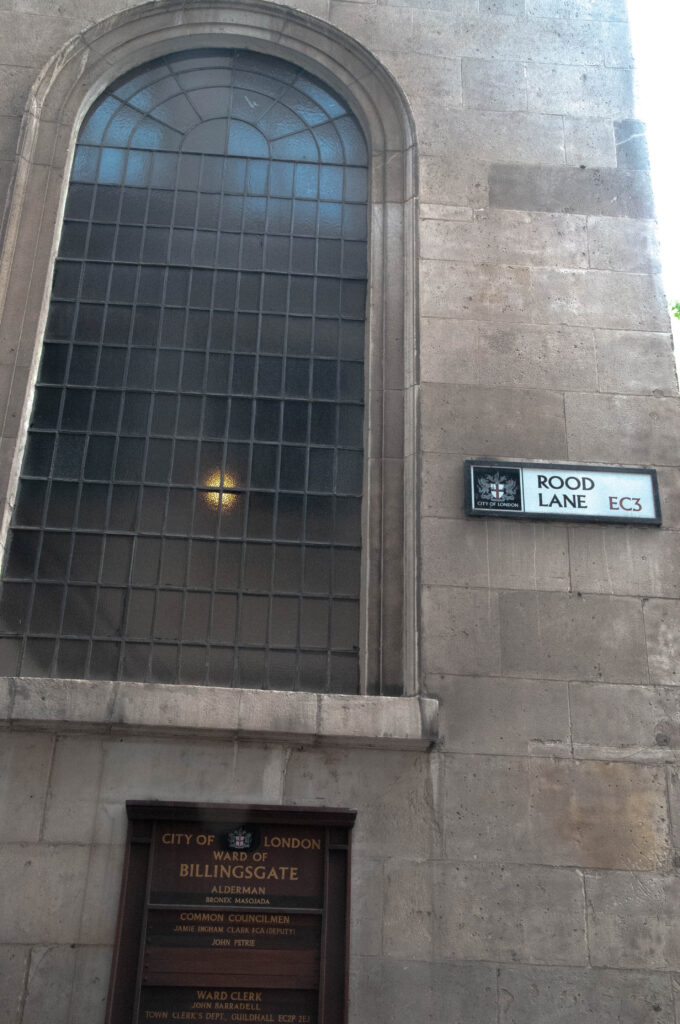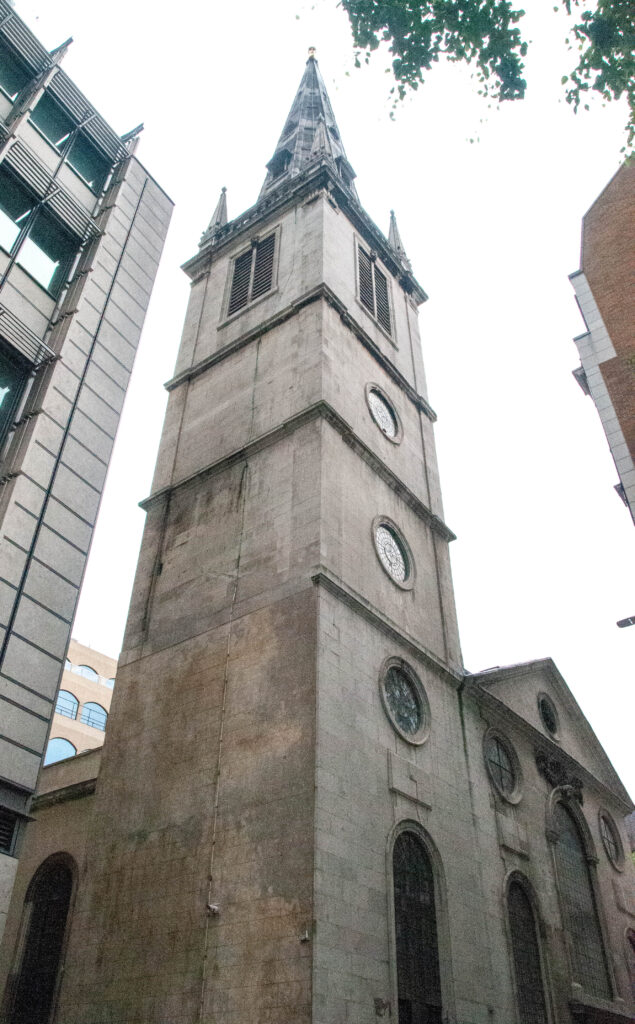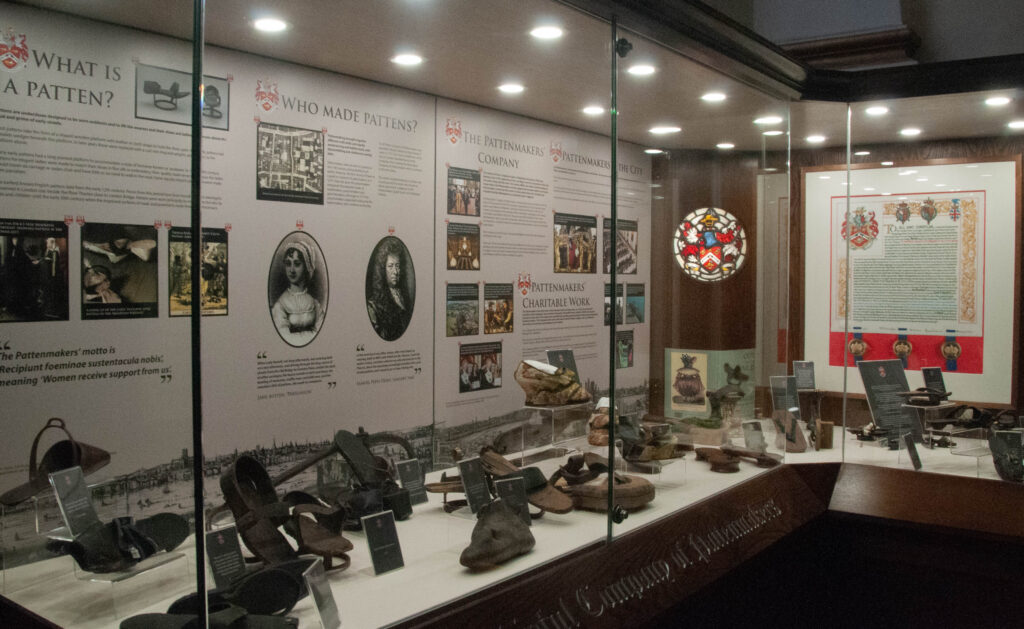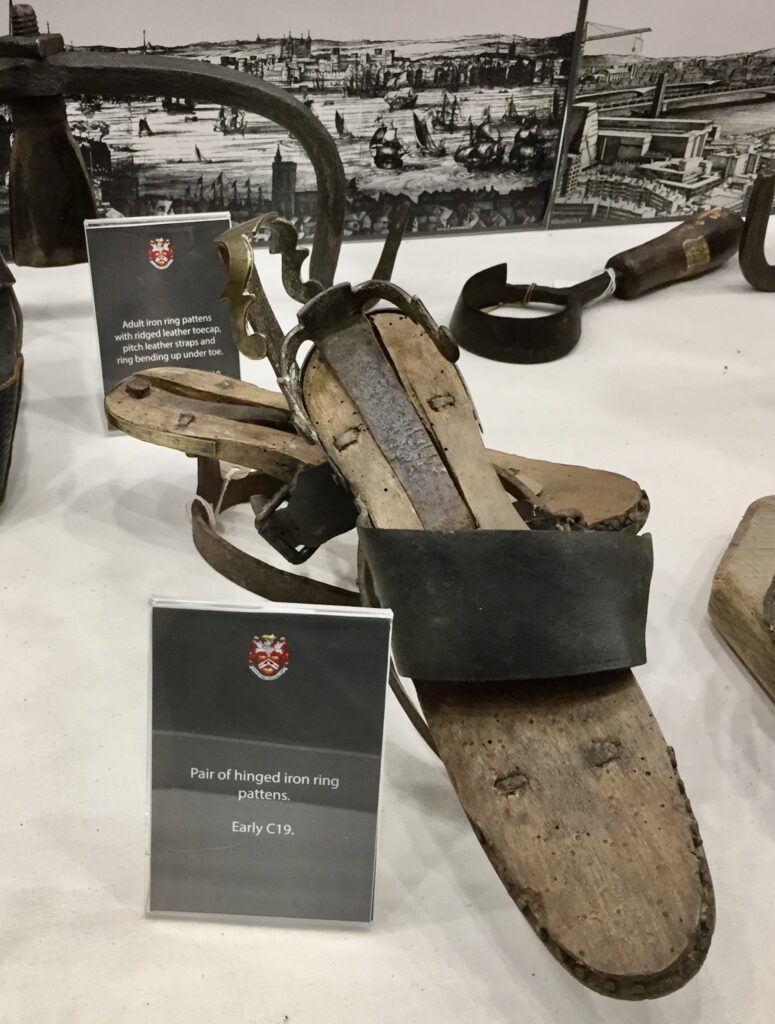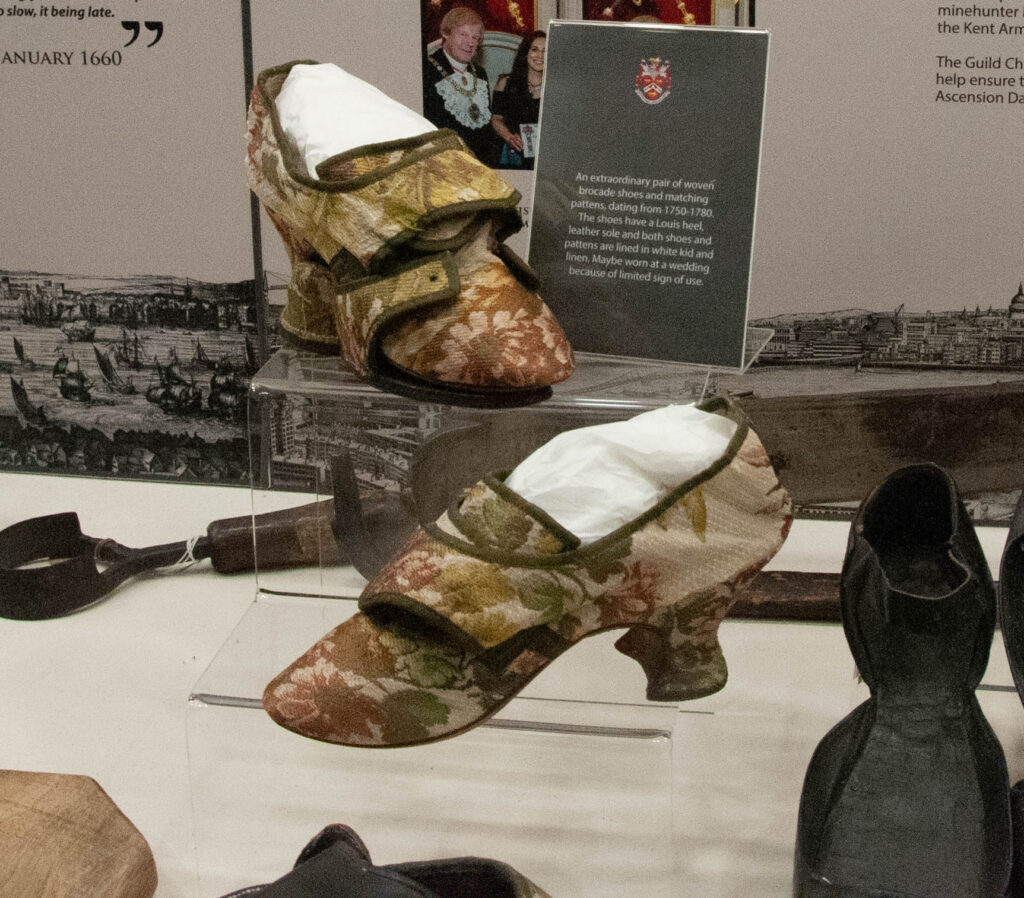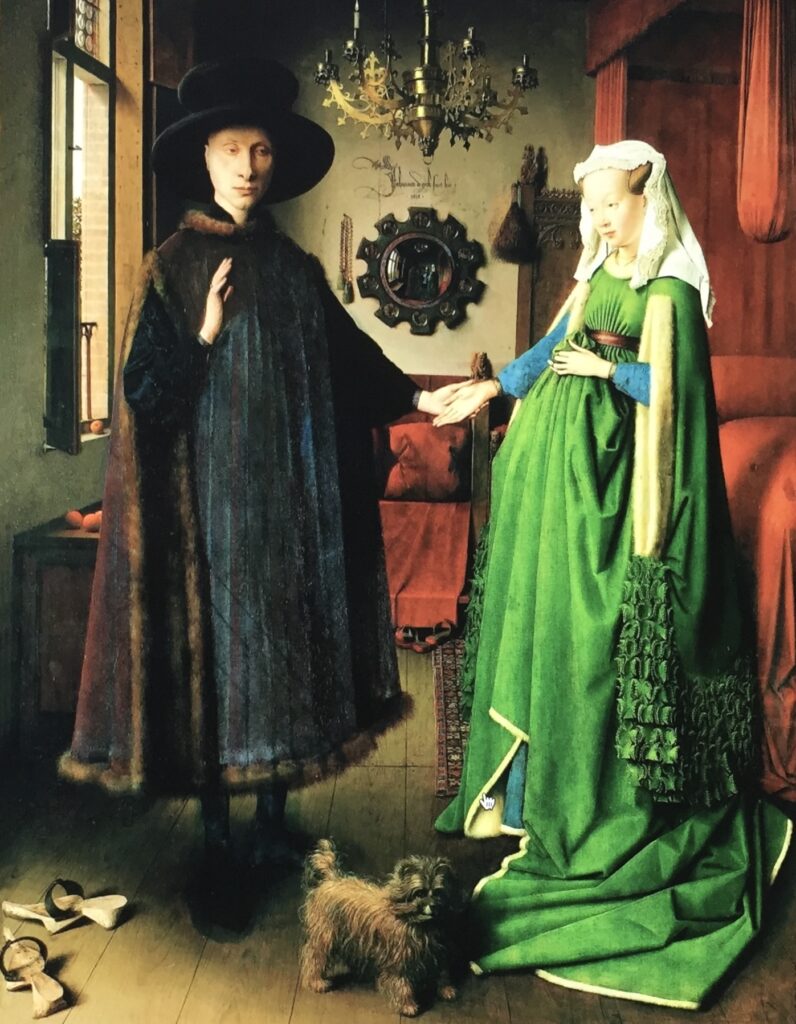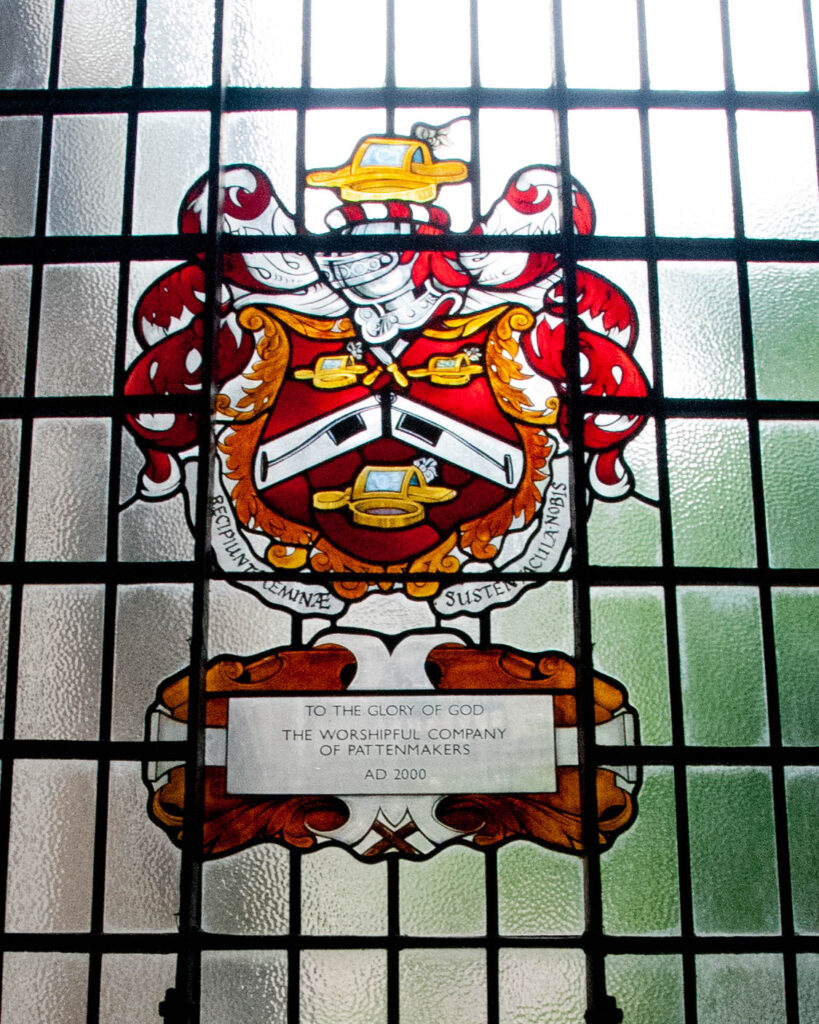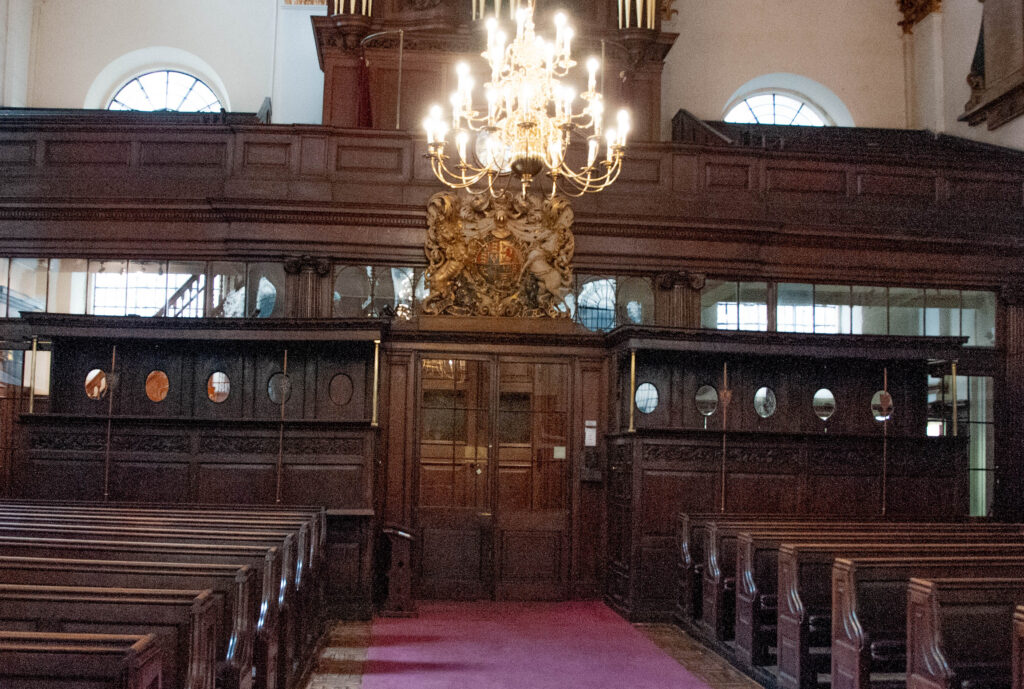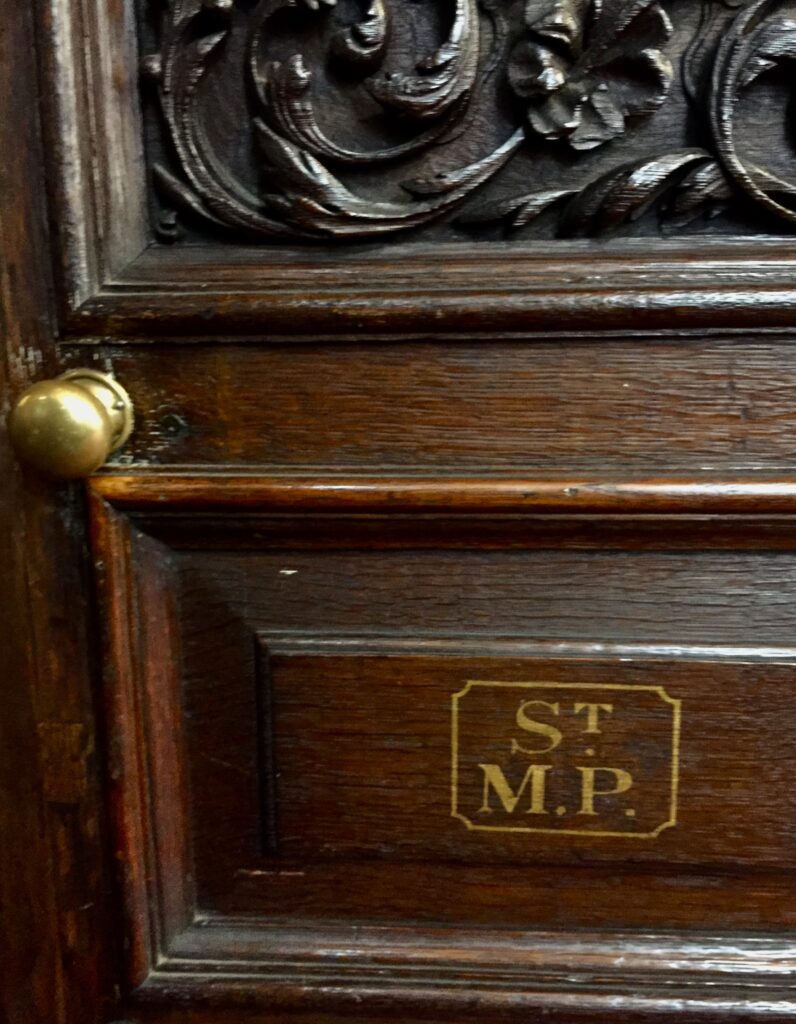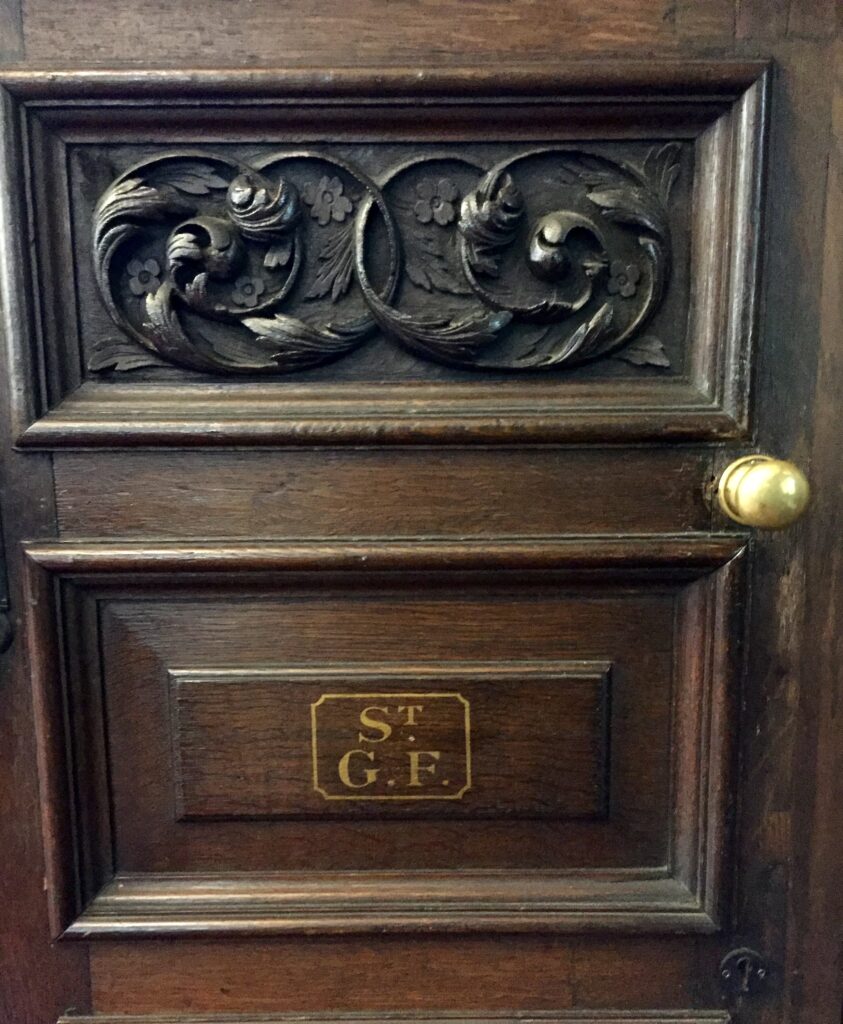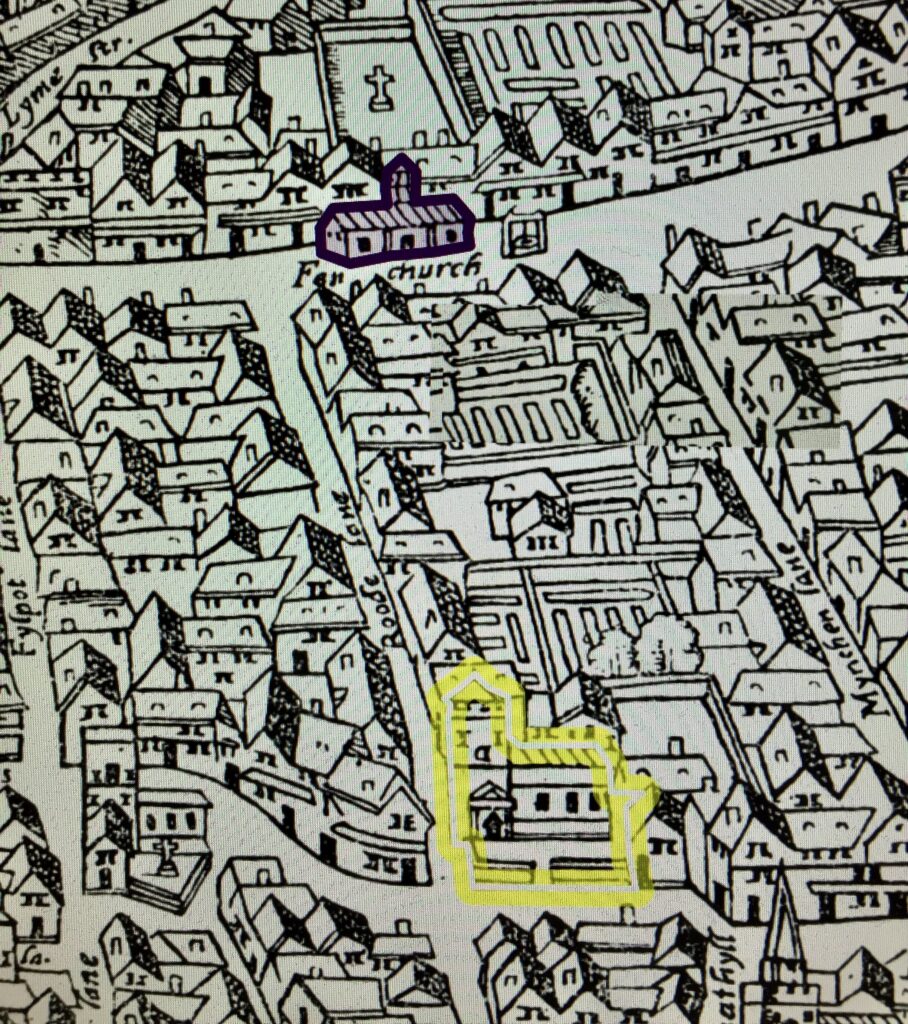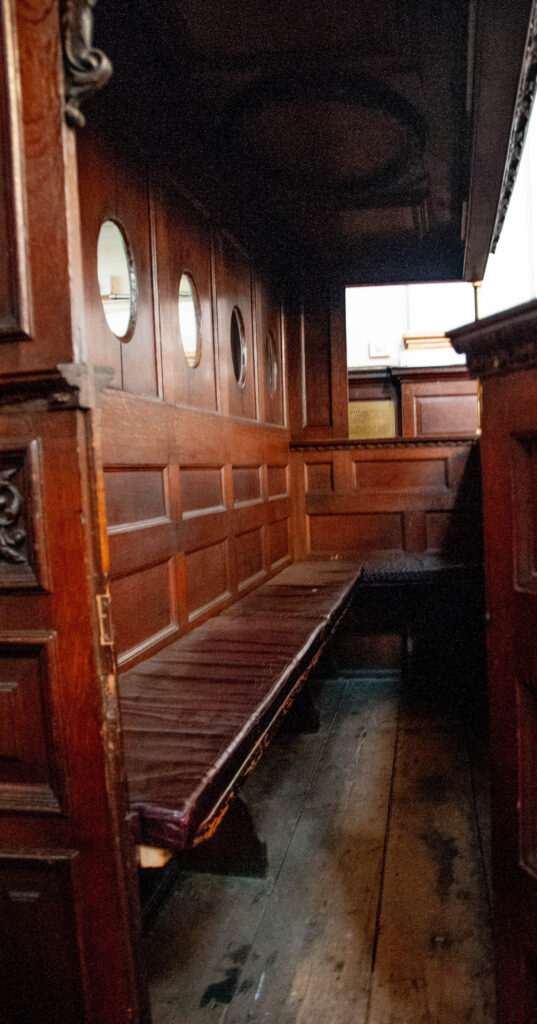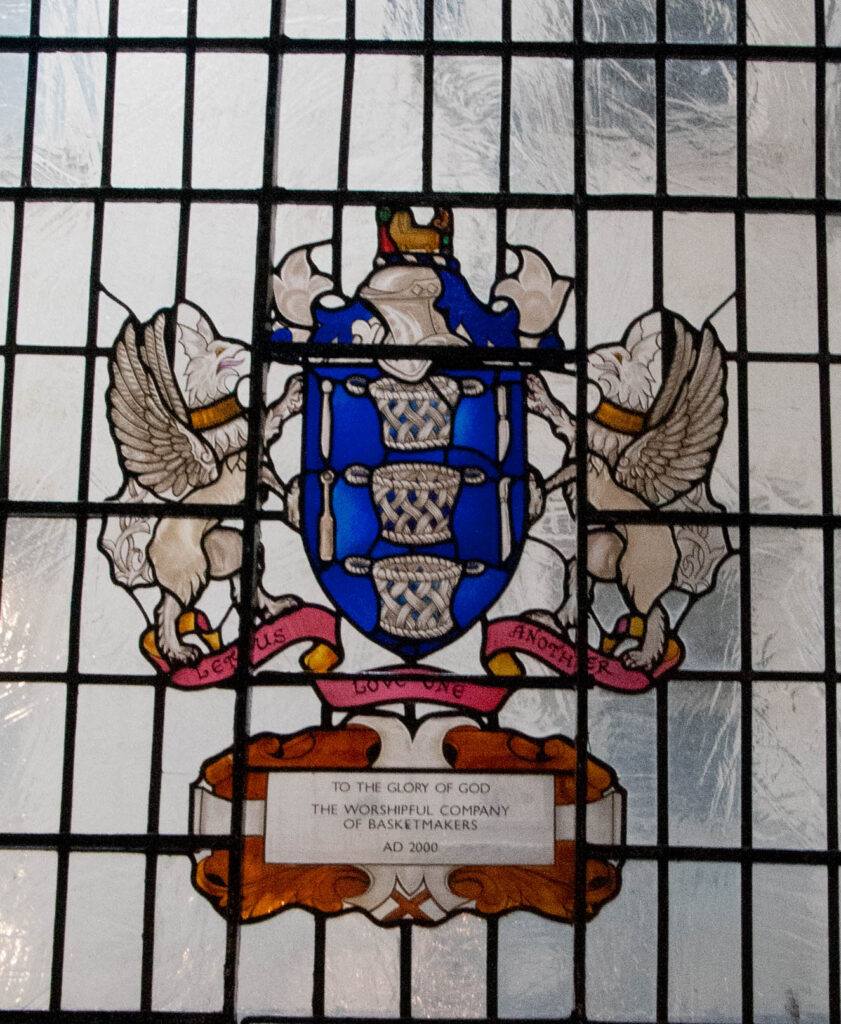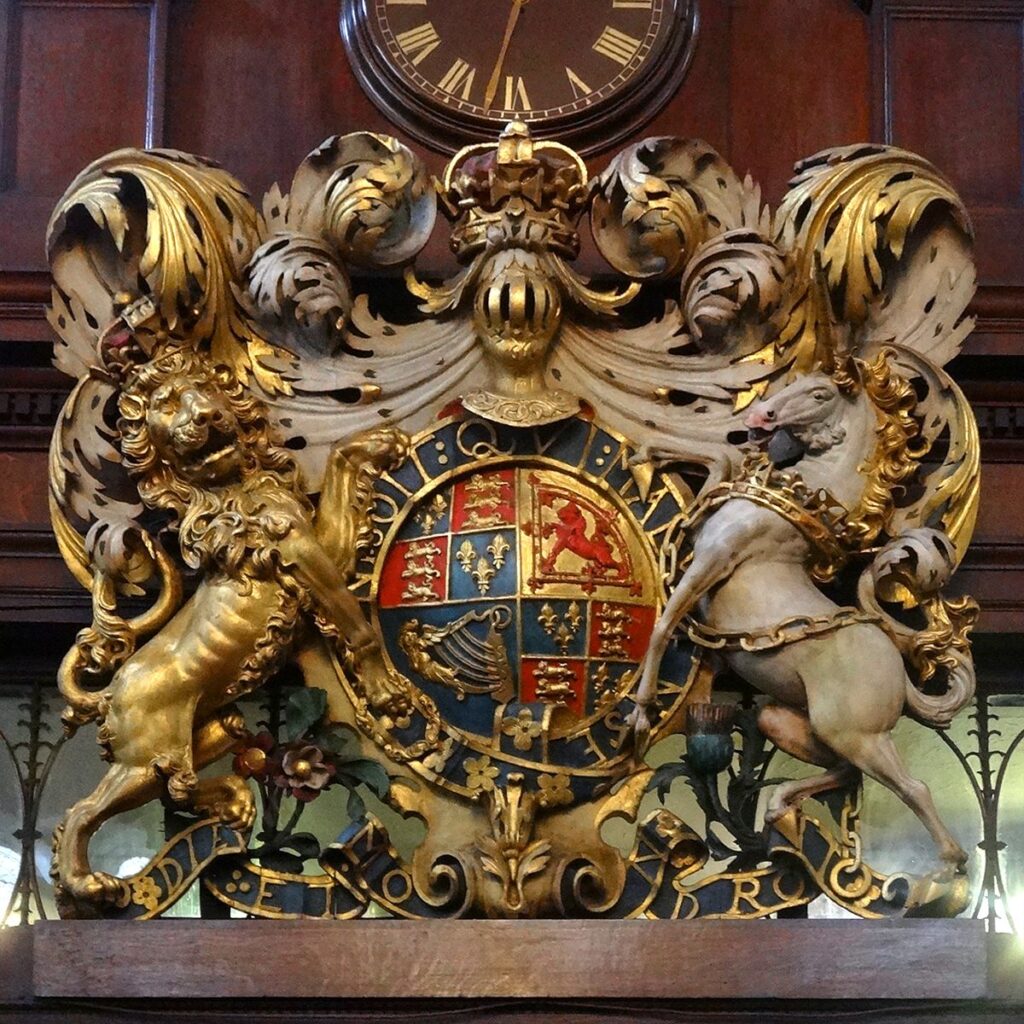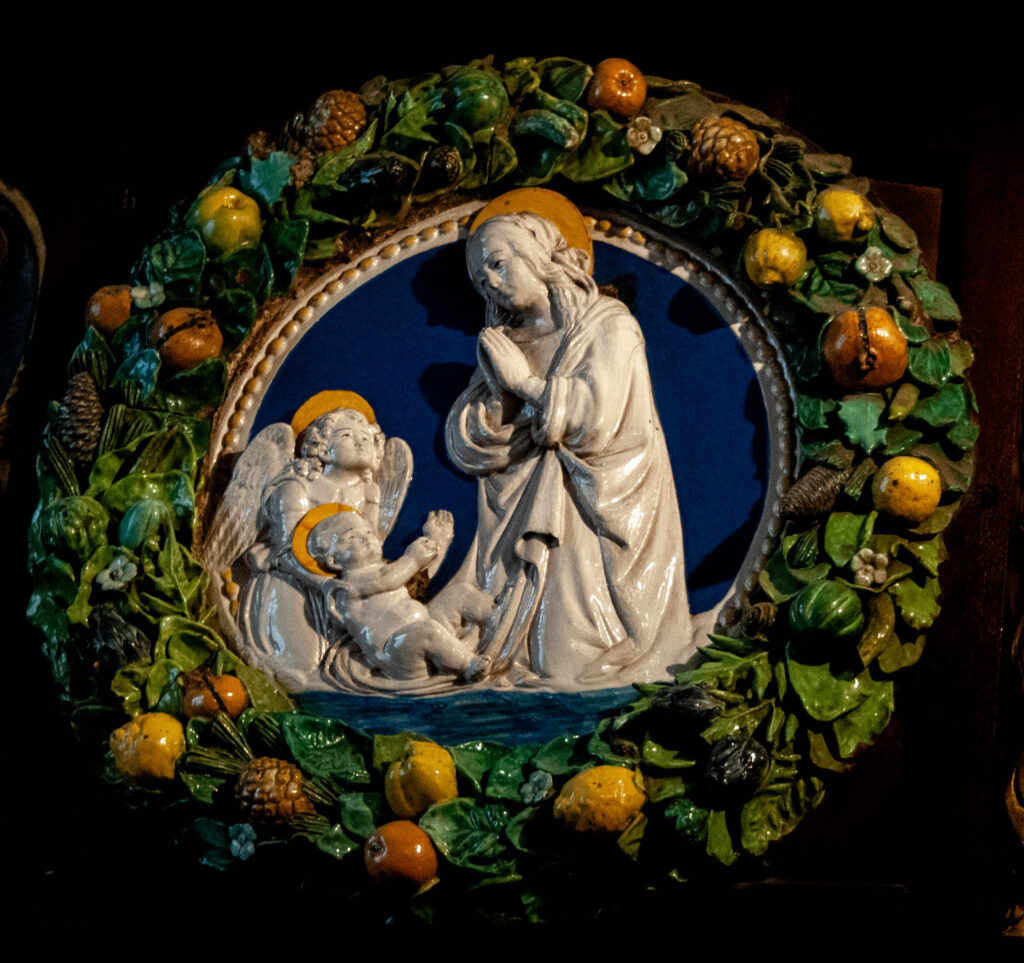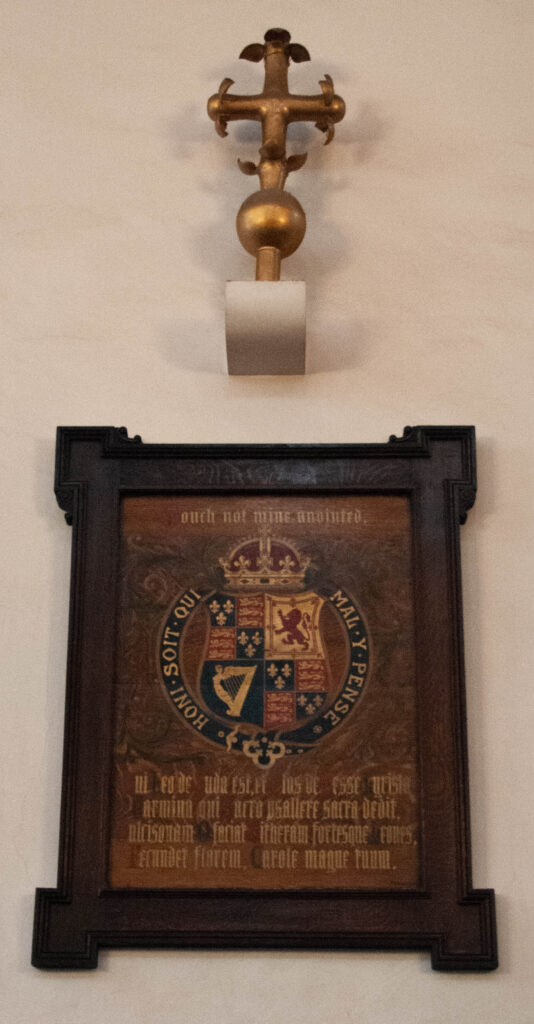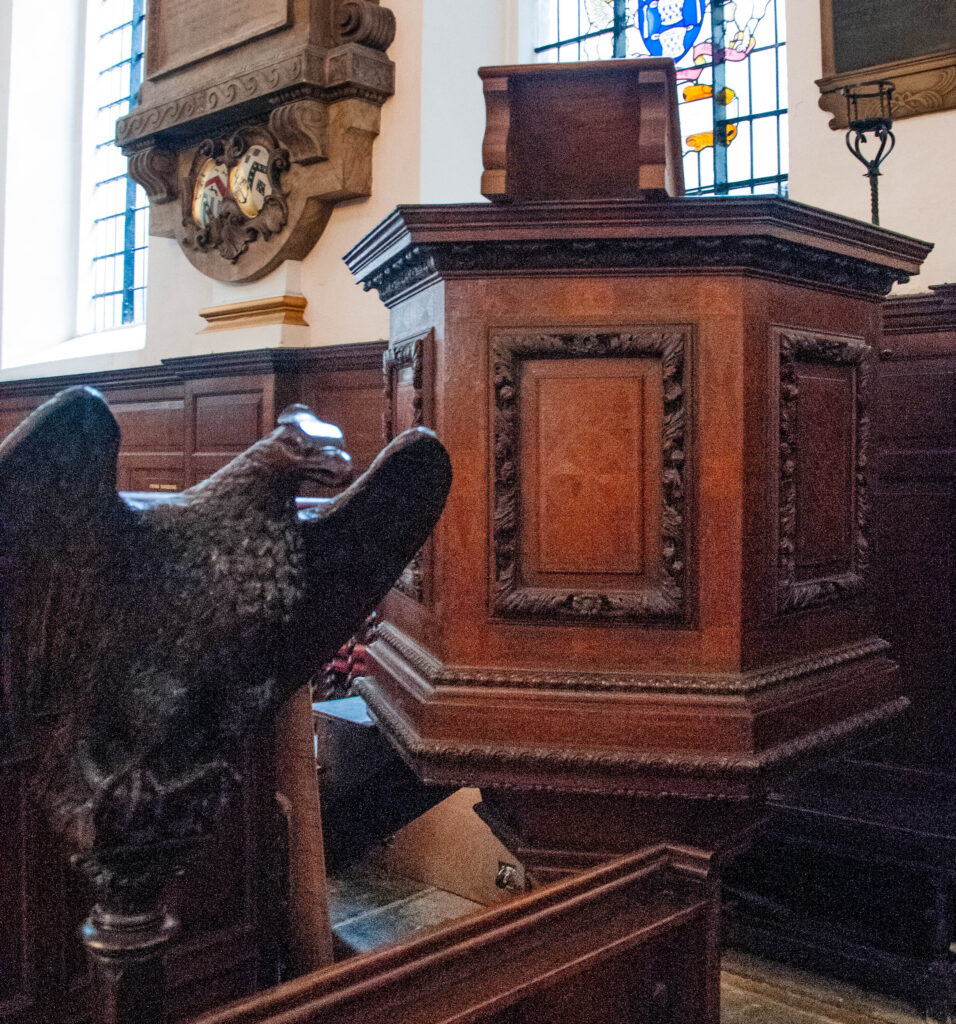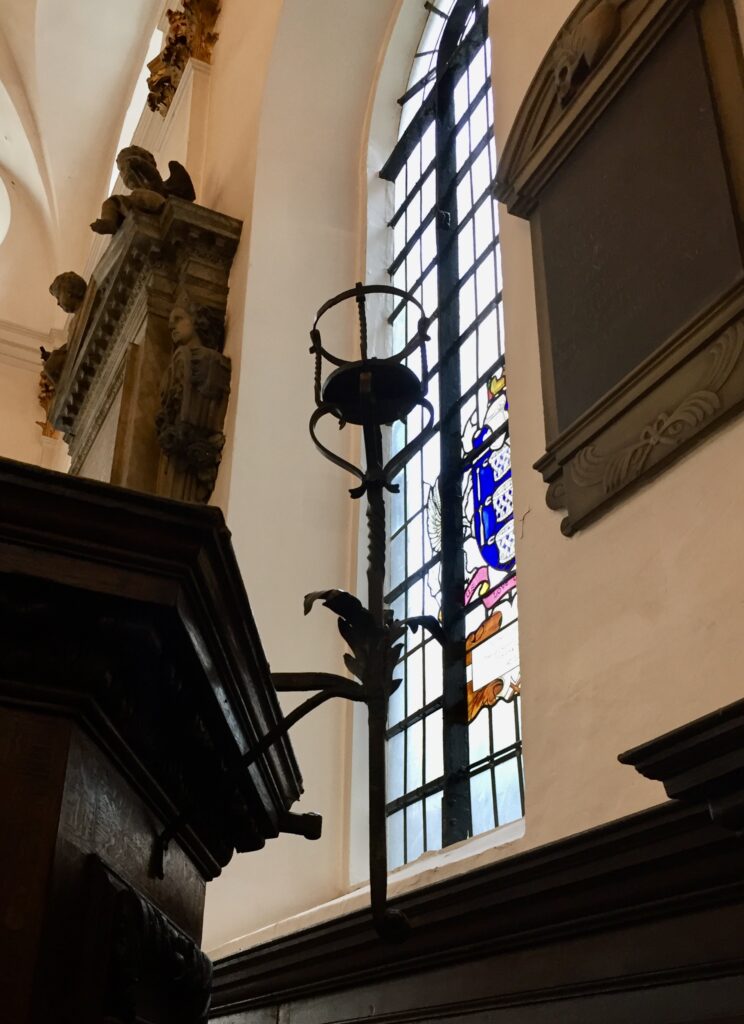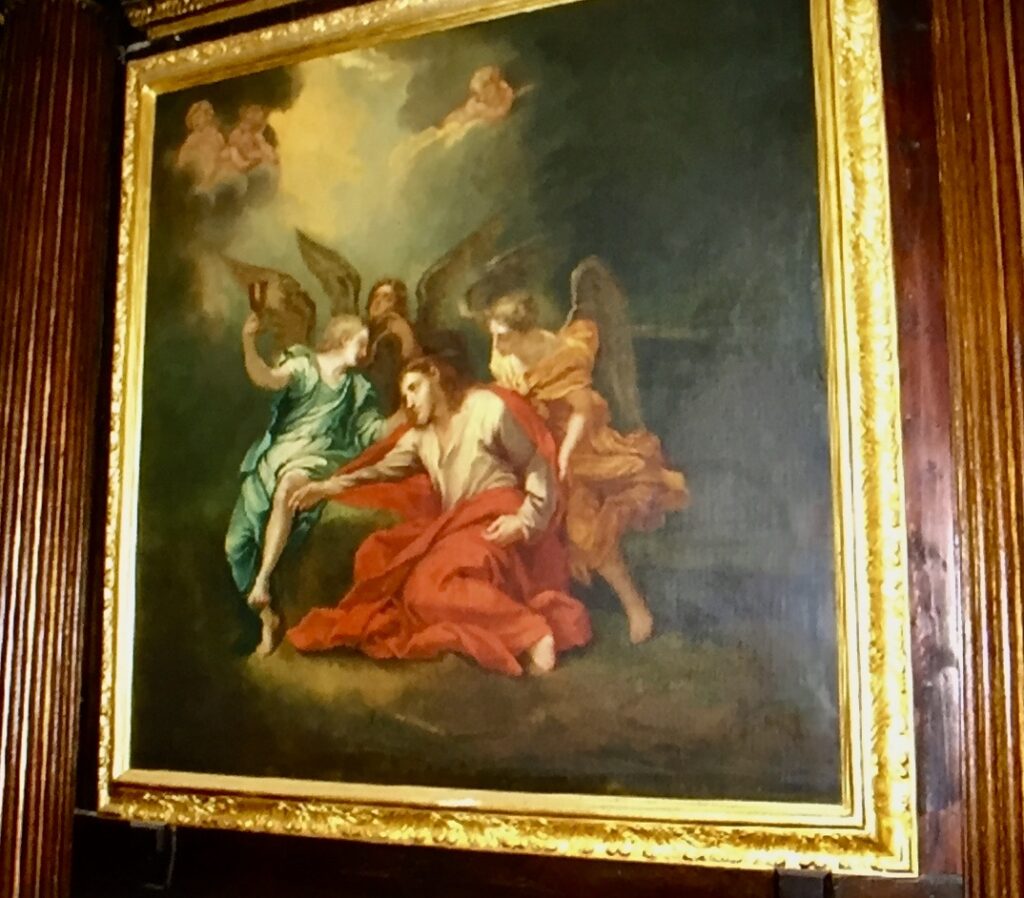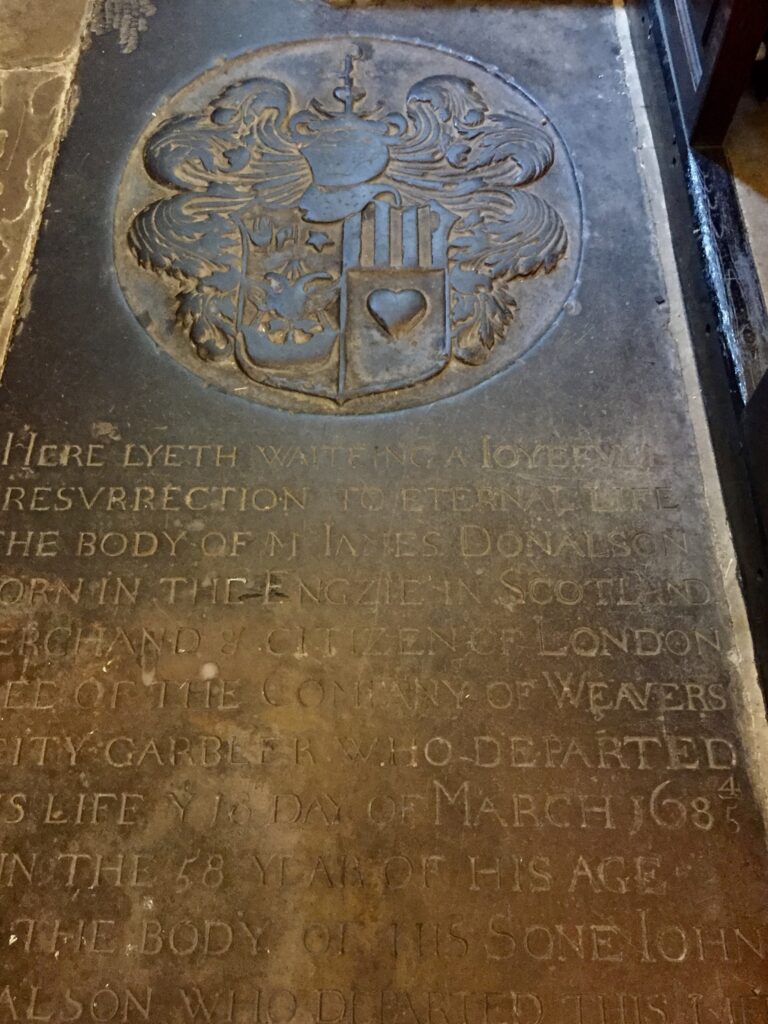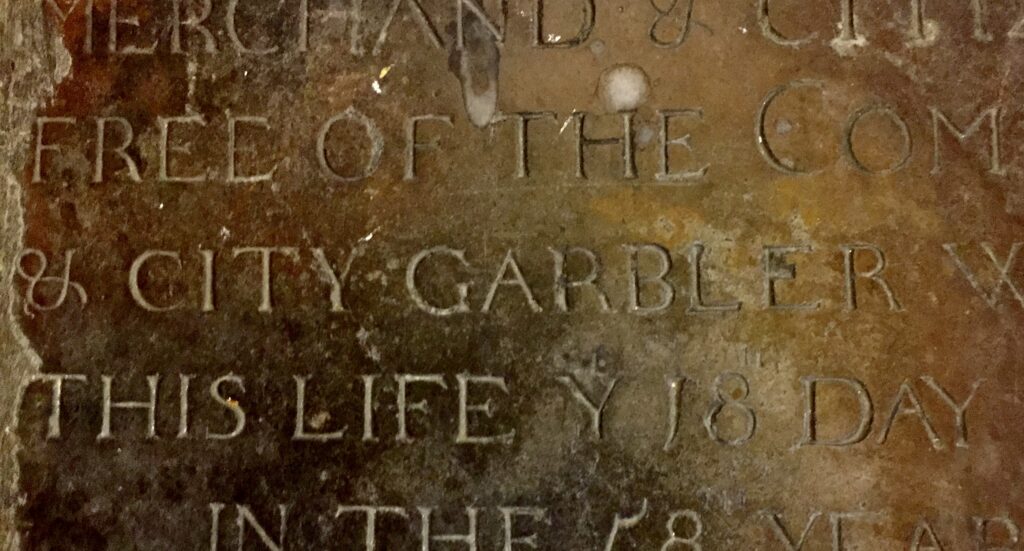Usually I shoot images in colour but sometimes wonder whether black and white would be more effective.
This week I have been experimenting and here are the results starting with some people commemorated at St Giles-without-Cripplegate.
John Milton (1608-1674) the poet and republican is perhaps the most famous former church parishioner and his statue stands by the south wall of the church. It is made of metal, which means it is one of the few memorials in the church that survived the bombing in the Second World War. It’s the work of the sculptor Horace Montford (c1840-1919) and is based on a bust made in about 1654 …
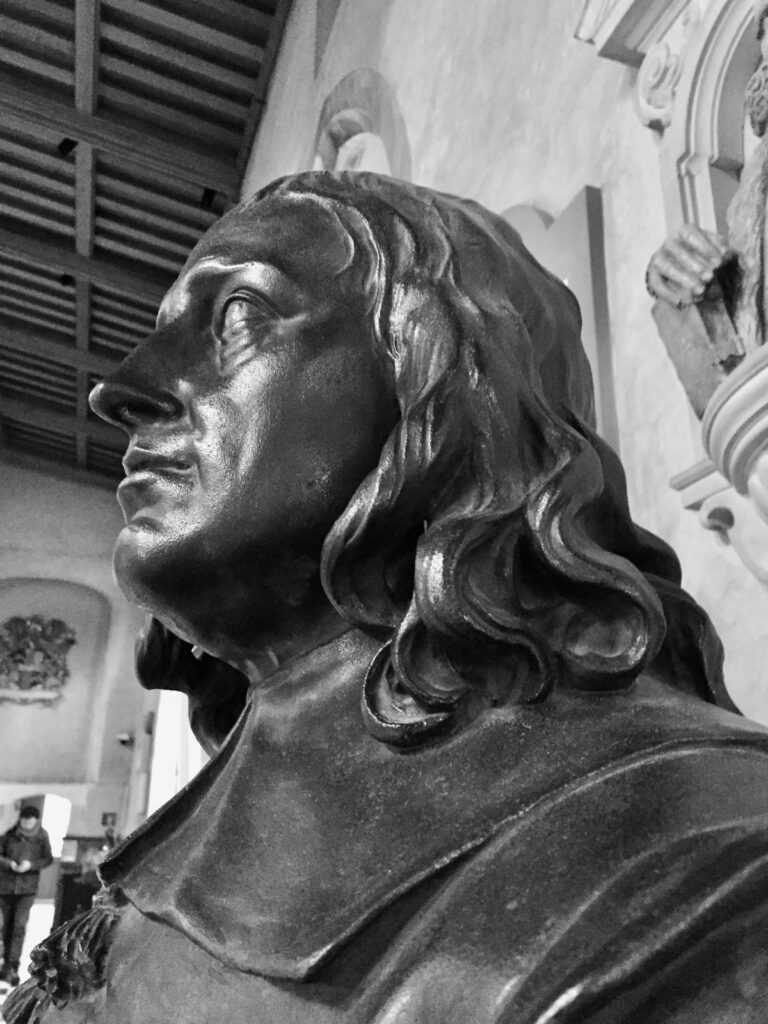
There is also a bust under the organ gallery by the sculptor George Frampton which clearly indicates Milton’s later life blindness …
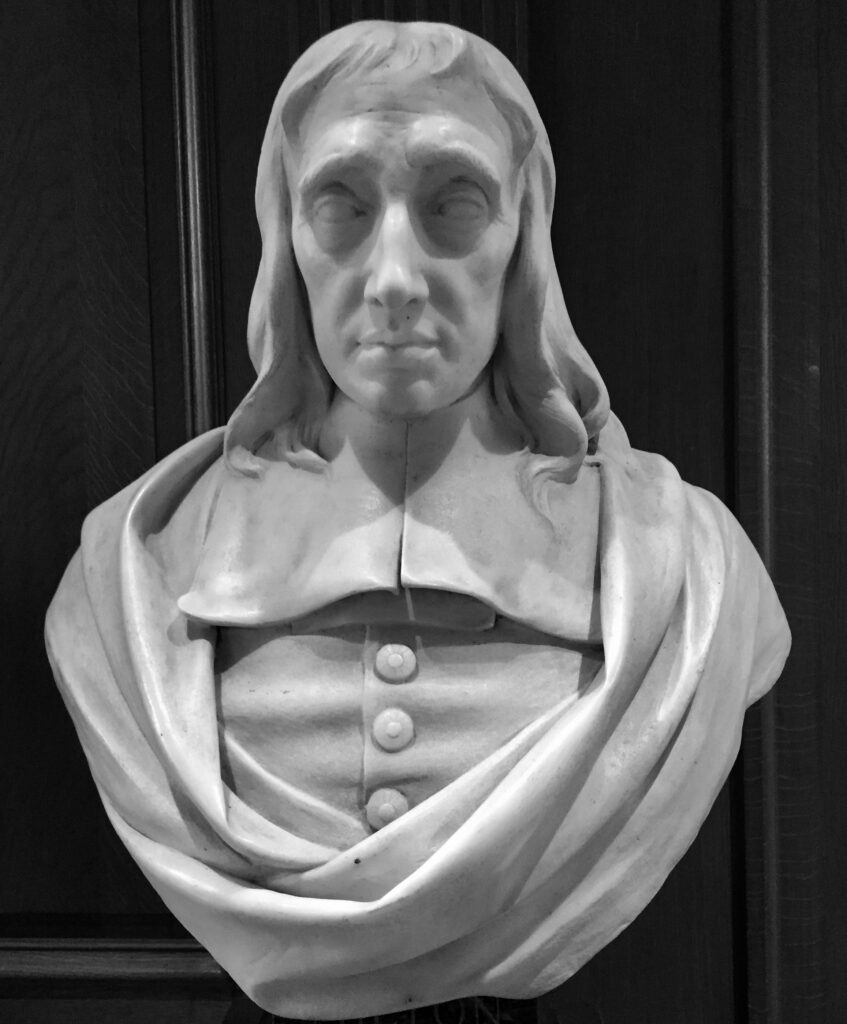
Oliver Cromwell, the military and political leader, who was Lord Protector of England, Scotland and Ireland from 1653 to 1658, was married in St Giles in 1620, aged 21. His wife, Elizabeth Bouchier, was the daughter of a Cripplegate leather merchant, and the couple had nine children. The St Giles bust follows his ‘warts and all’ instruction …
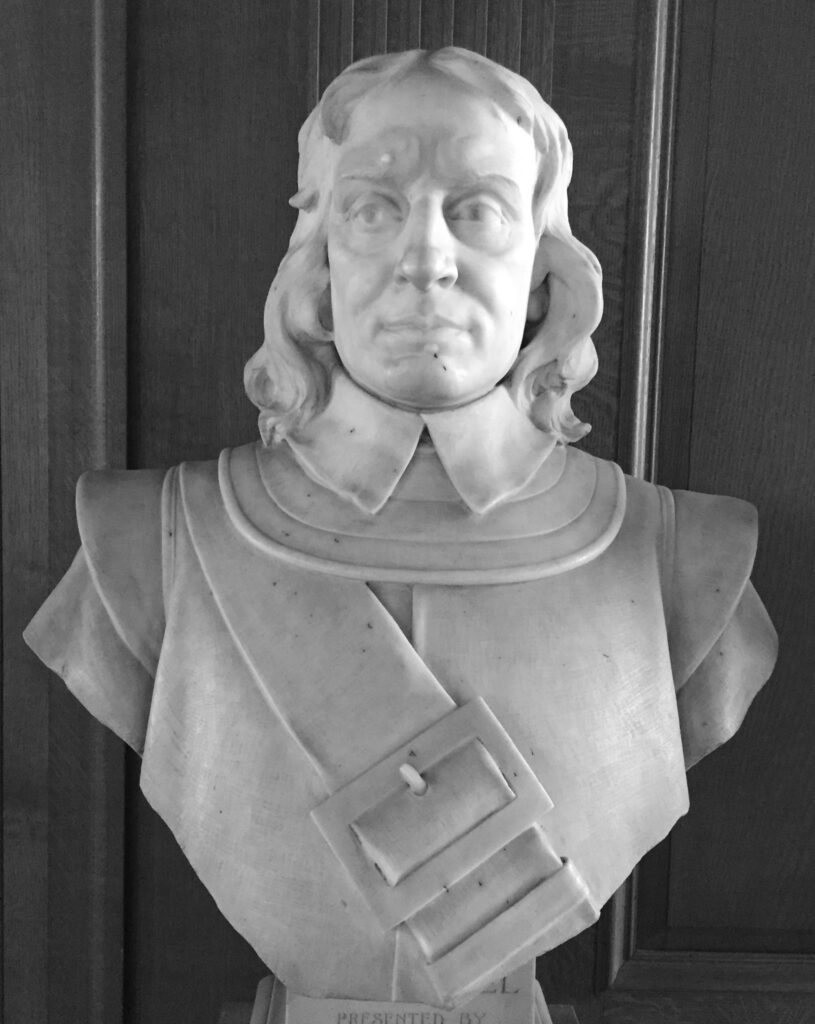
Here he is again (looking fierce) at the Guildhall Art Gallery …
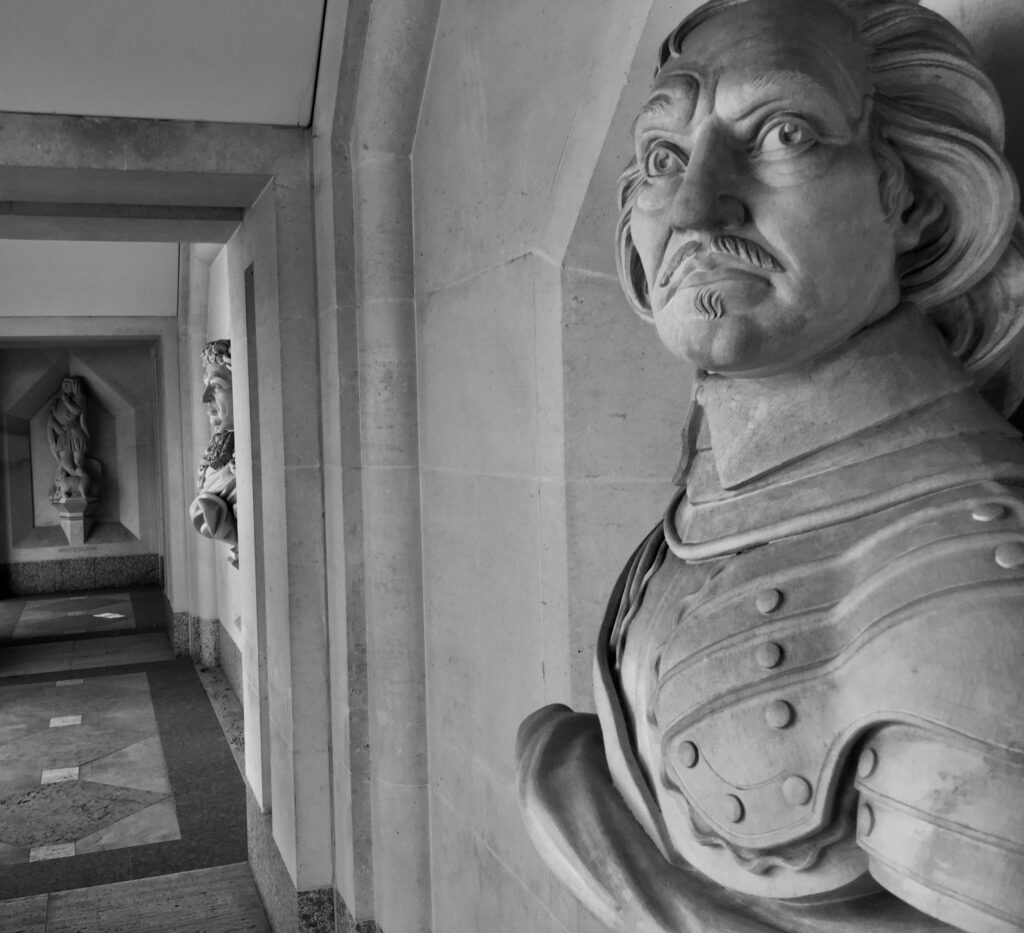
He died in 1658 and his death mask is on display in the Museum of London …
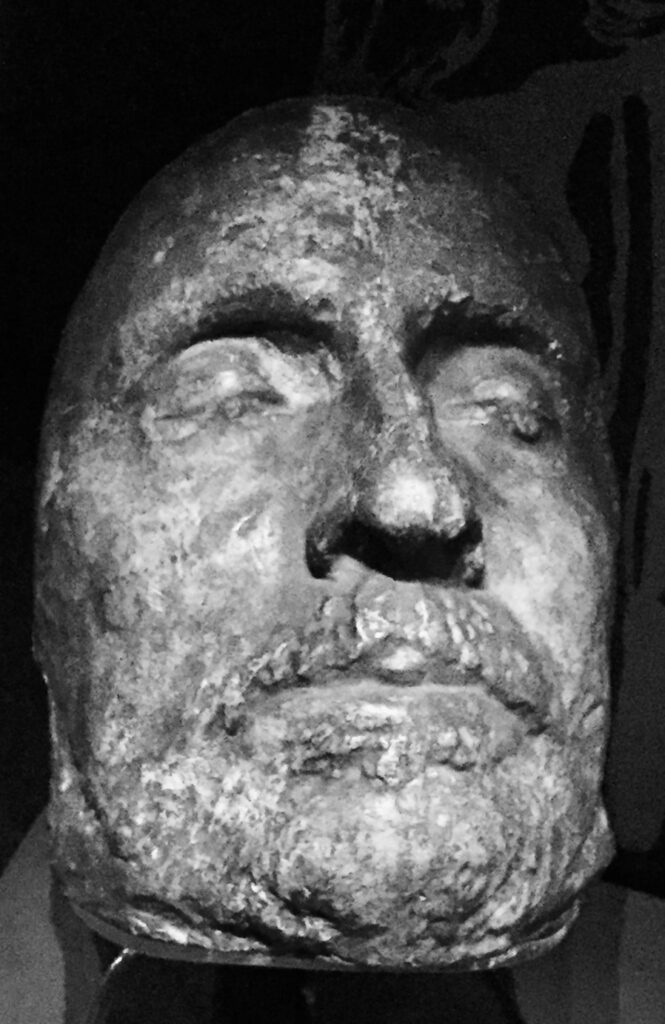
After the Restoration, Charles II had Cromwell’s body was exhumed from Westminster Abbey on 30 January 1661, This was the the 12th anniversary of the execution of Charles’ father and Cromwell’s remains were subjected to a posthumous execution at Tyburn. After the body had been hanged in chains it was thrown into a pit with the head set on a spike outside Parliament.
Controversially, a statue was subsequently erected to him outside Parliament in 1899 …
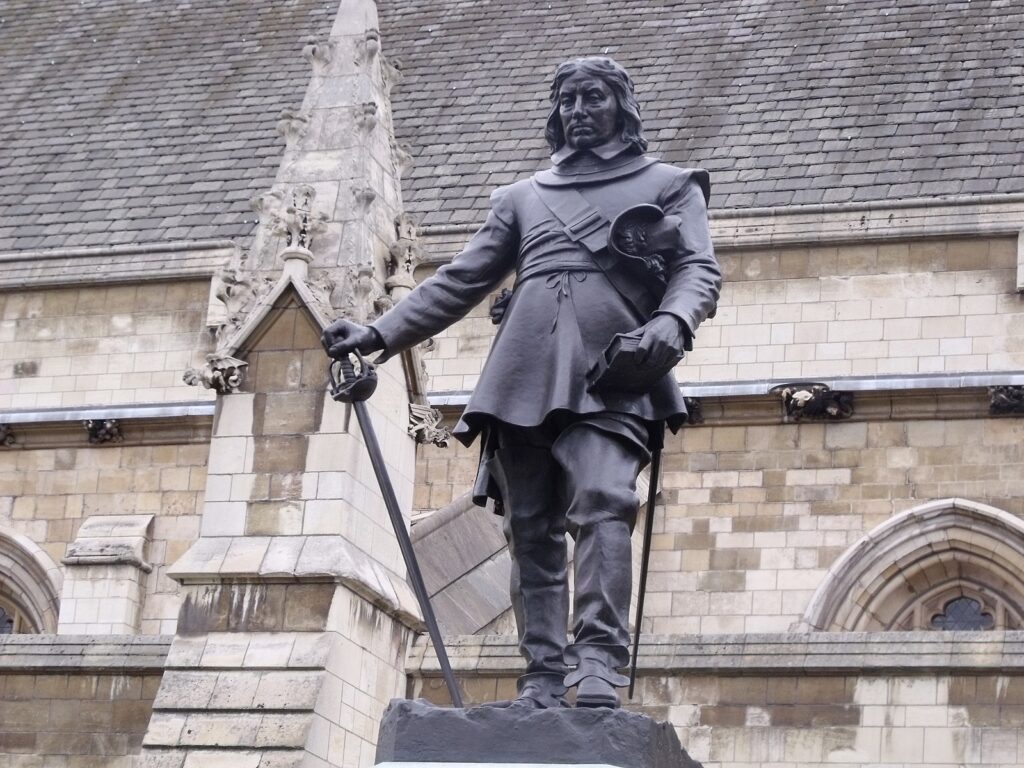
I’m quite fond of this chap …
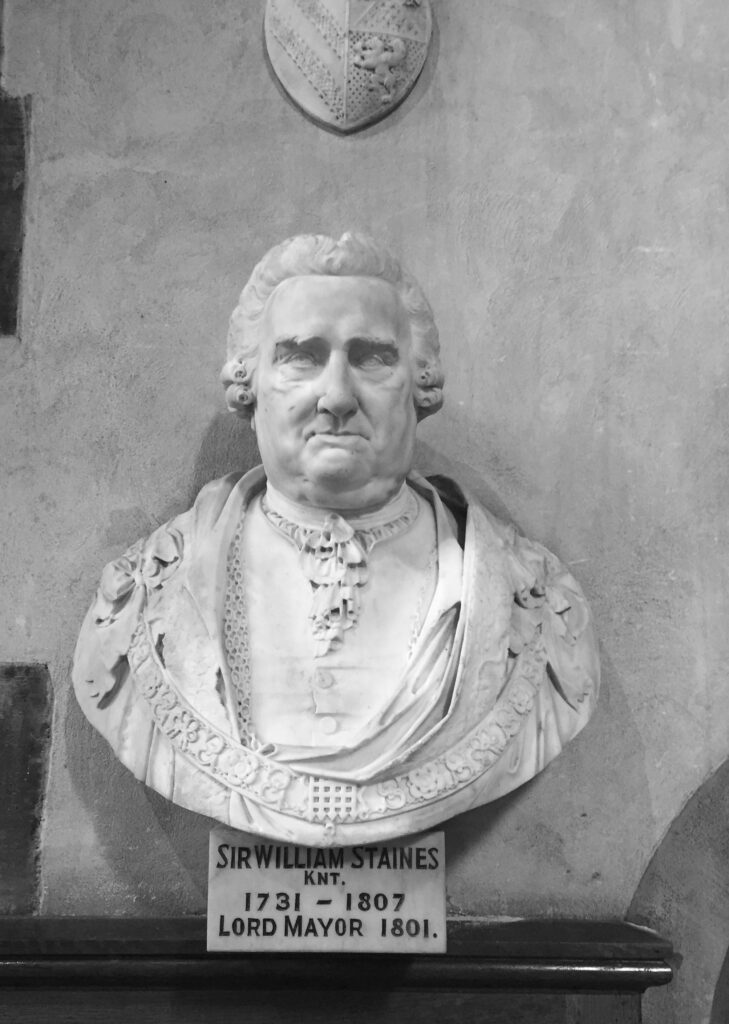
I smile when I see him because he looks like a man who enjoyed his food. Despite starting life as a bricklayer’s labourer, he amassed a vast fortune and, even though he remained virtually illiterate, he was eventually elected Lord Mayor of London. Here is his 1800 portrait by William Beechey …
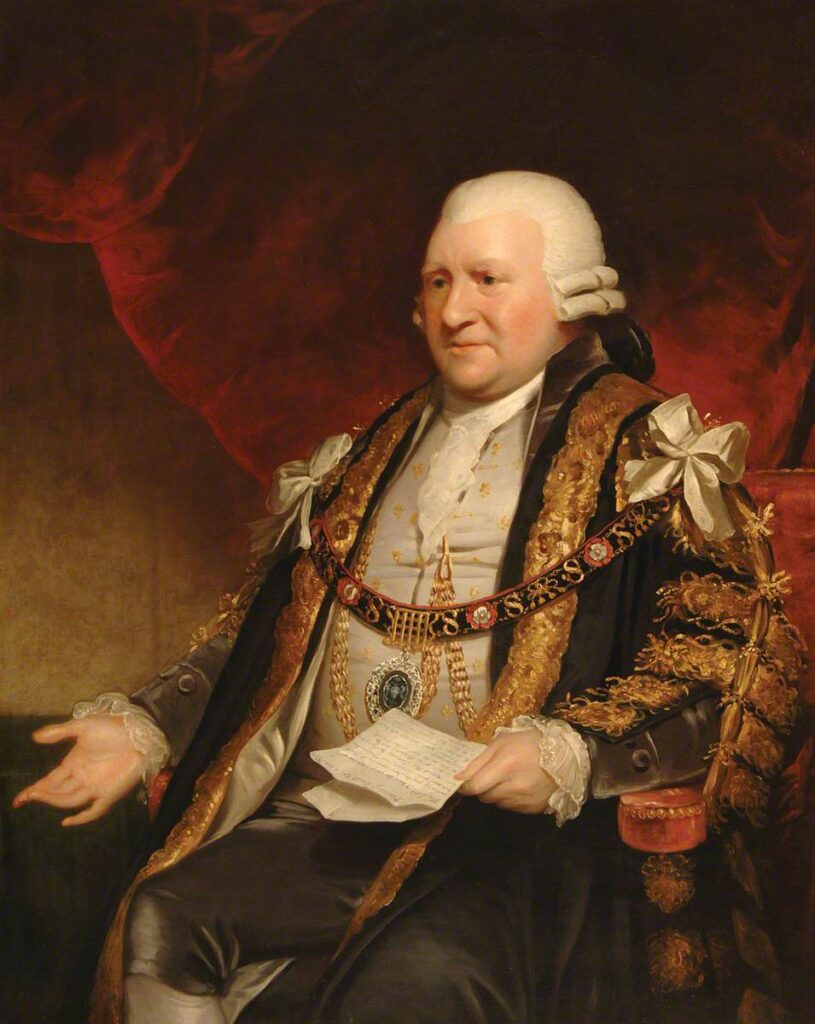
He built nine houses for aged or infirm workmen and tradesmen who had fallen on hard times. No doubt remembering his own upbringing, he made sure that there was ‘nothing to distinguish them from the other dwelling-houses, and without ostentatious display of stone or other inscription to denote the poverty of the inhabitants’. That’s why I like him.
Highgate Cemetery is the last resting place of many famous and infamous individuals and Bruce Reynolds is one of them …
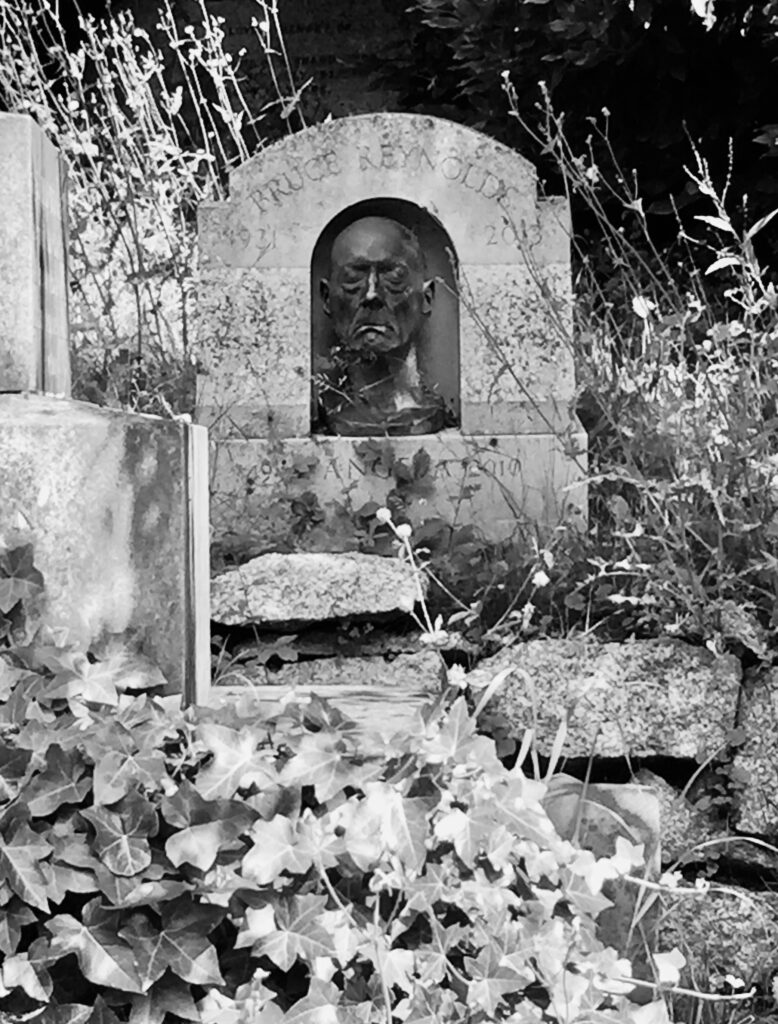
Bruce Richard Reynolds (1931 – 2013) was an English criminal who masterminded the 1963 Great Train Robbery. At the time it was Britain’s largest robbery, netting £2,631,684, equivalent to £58 million today. Reynolds spent five years on the run before being sentenced to 25 years in 1969. You can read his obituary here.
St Peter’s Hill runs north alongside the College and at the top you will find the Firefighters Memorial. On its octagonal bronze base are the names of the 997 men and women of the fire service who lost their lives during the conflict. The sculpture features two firemen ‘working a branch’, with their legs spread to take the strain of the hose …
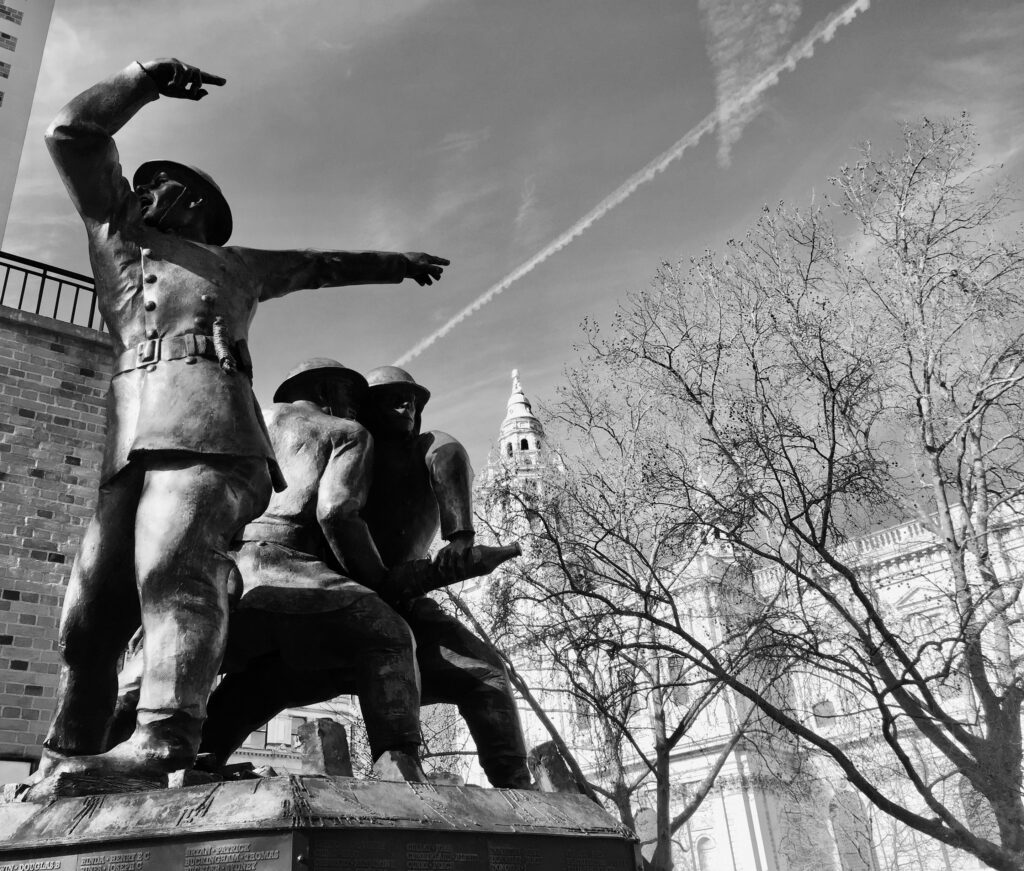
You can read more about it in my March 2022 blog.
The War Memorial in Wesley’s Chapel …
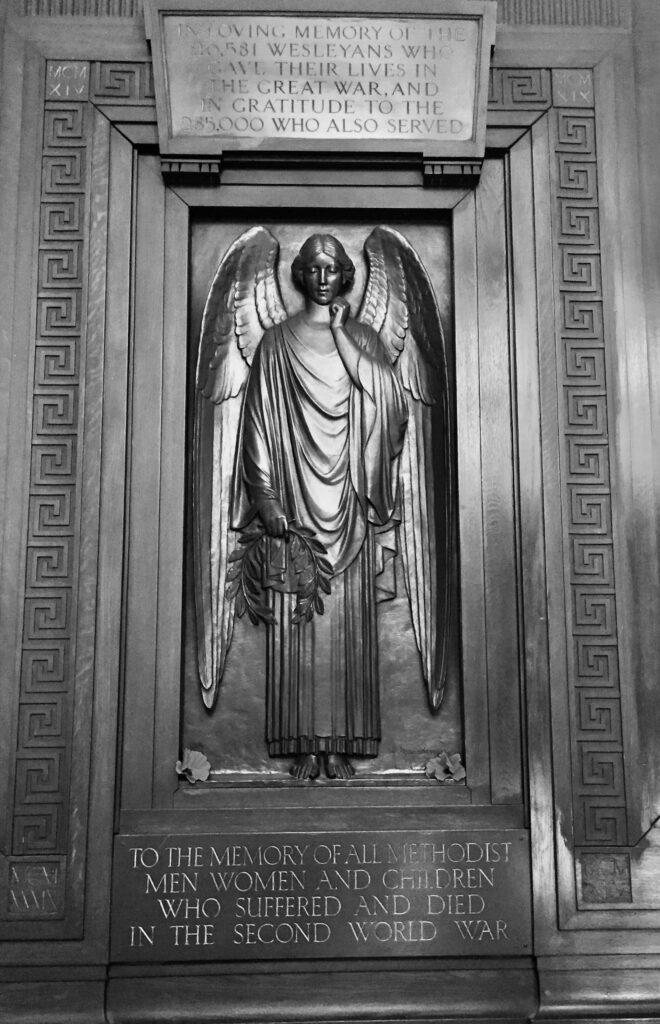
It’s hard not to take an atmospheric picture at the Bunhill Burial Ground …
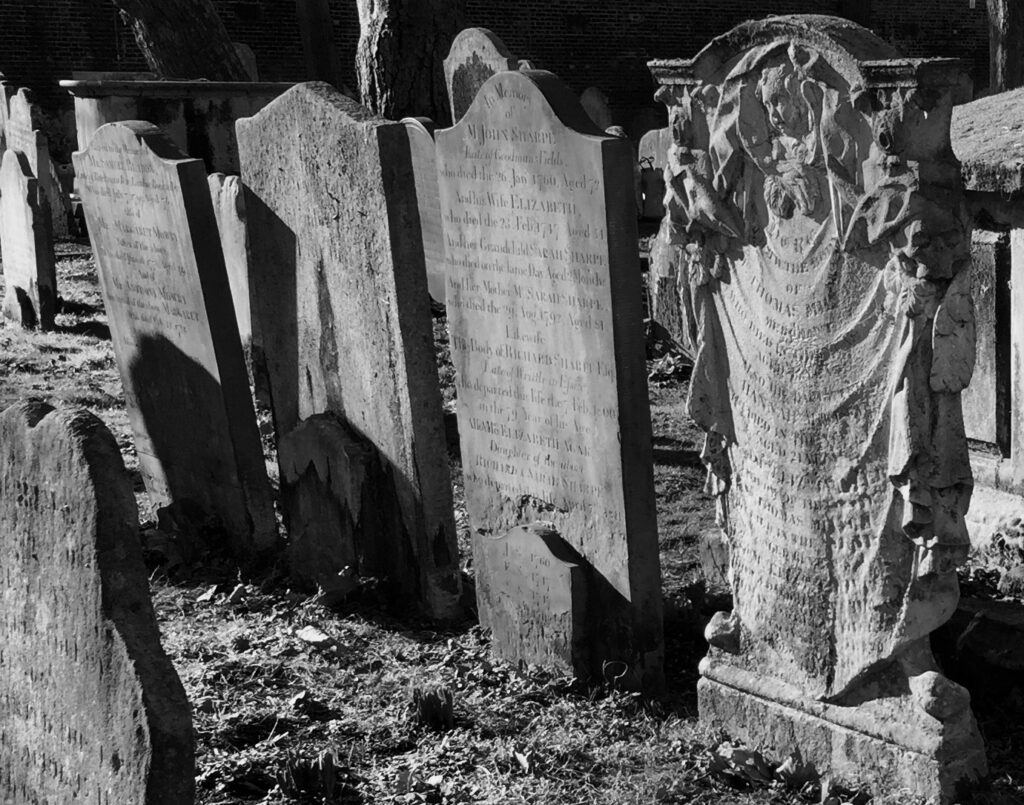
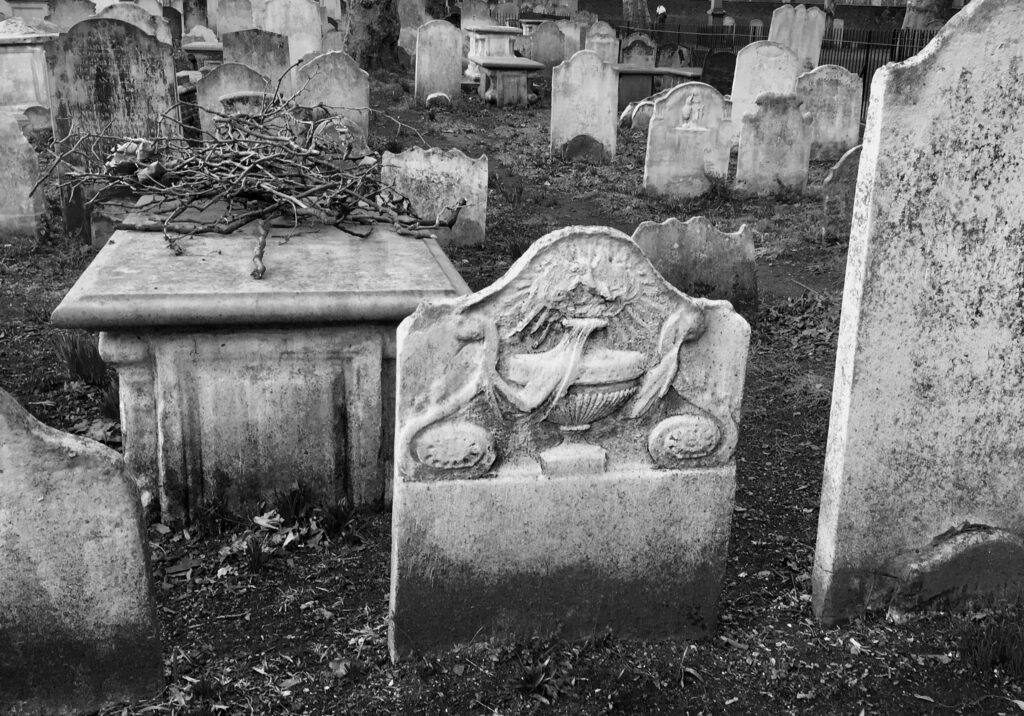
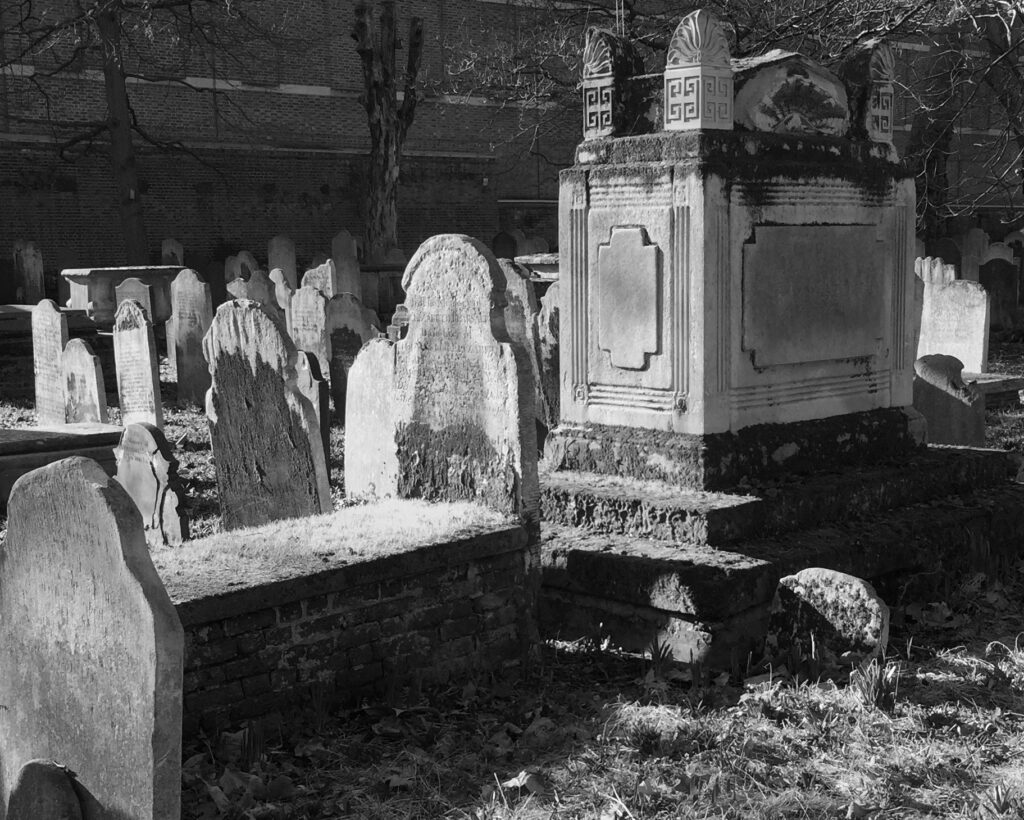
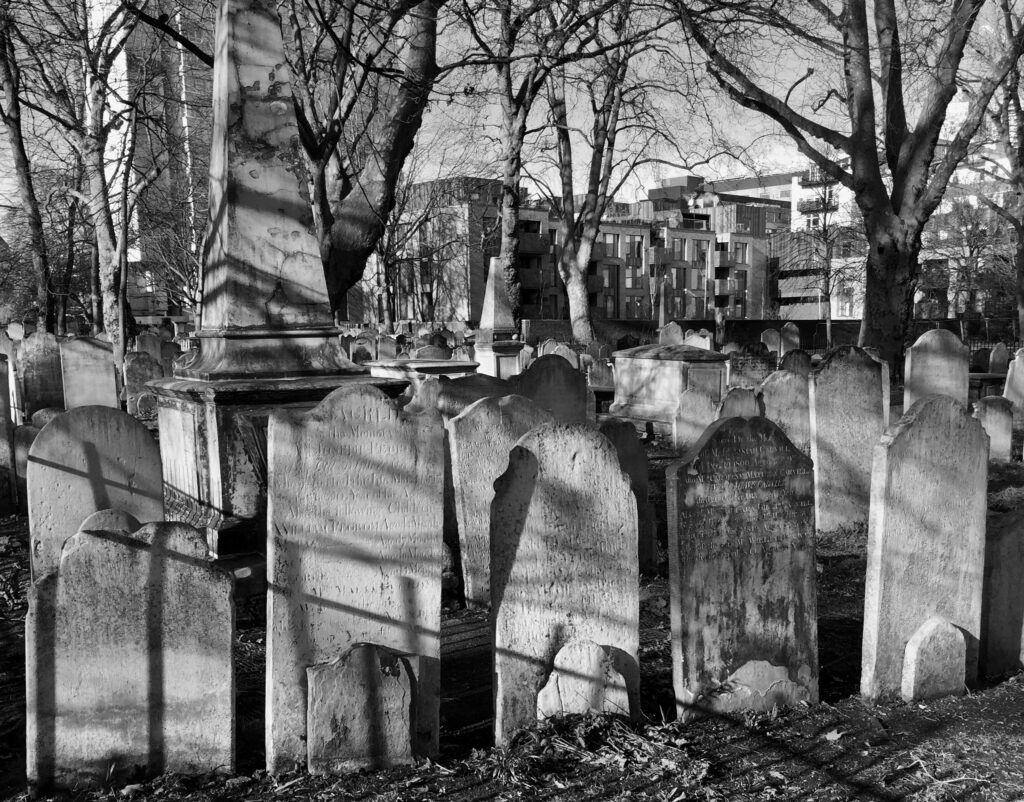
At the Inns of Court …
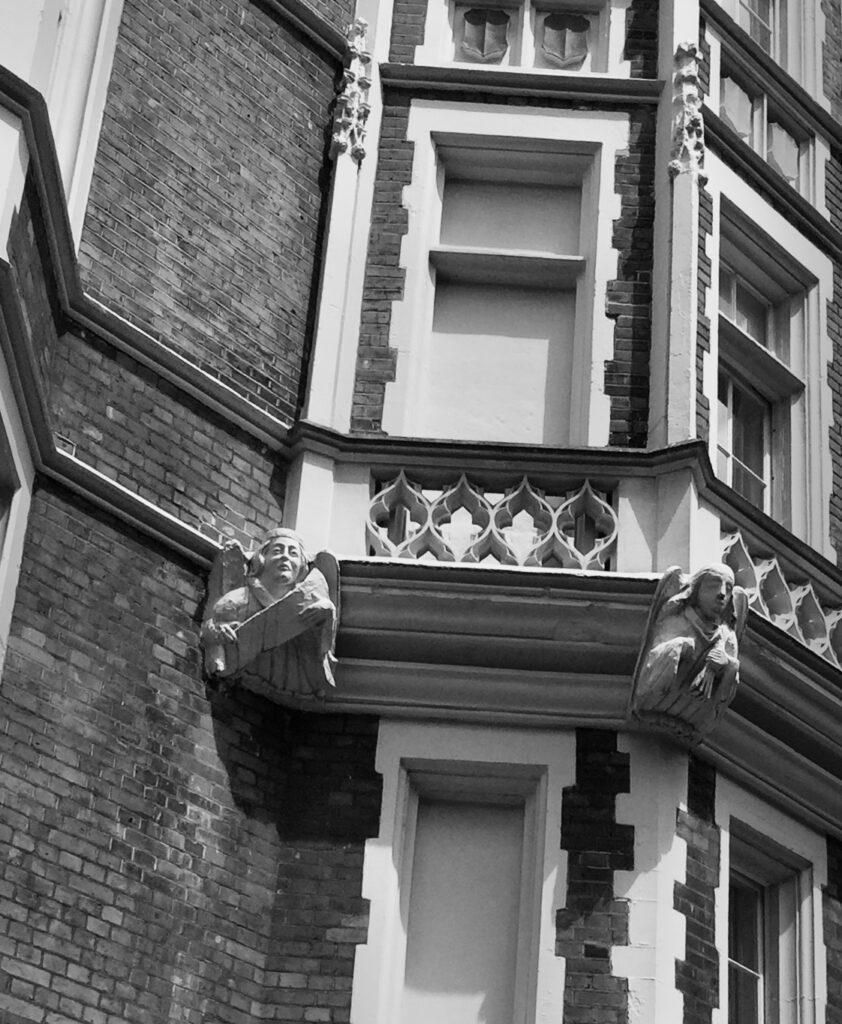
You can probably guess what this alley was originally known as …
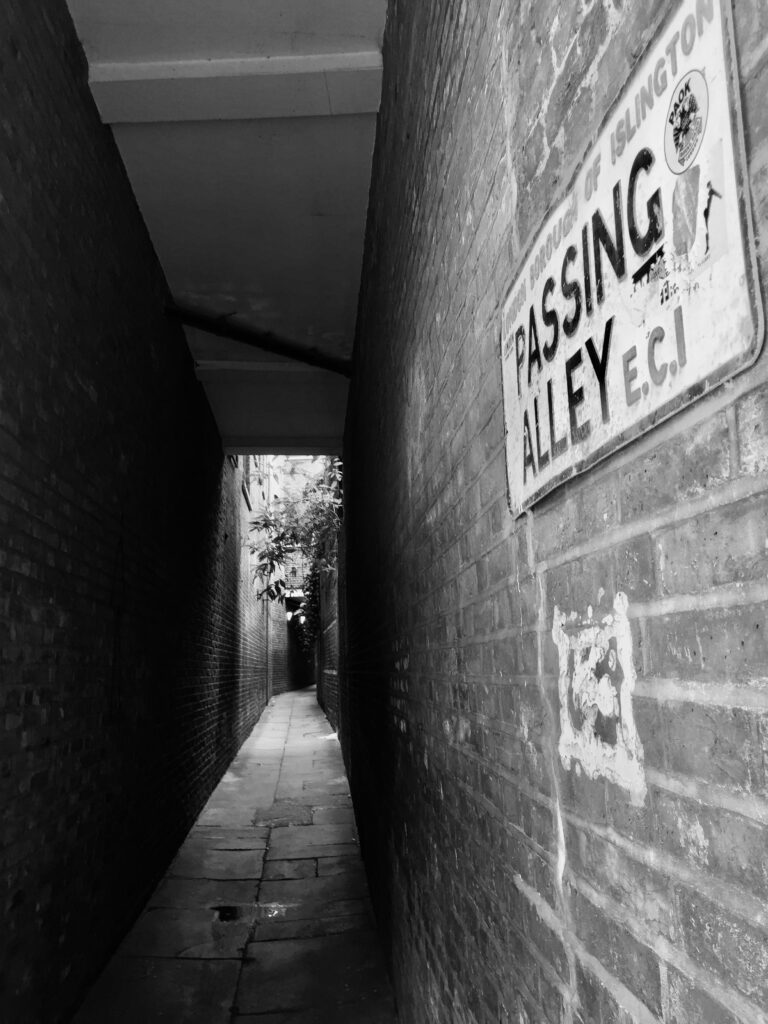
You can read about its history here.
Narrow thoroughfares can look quite spooky …
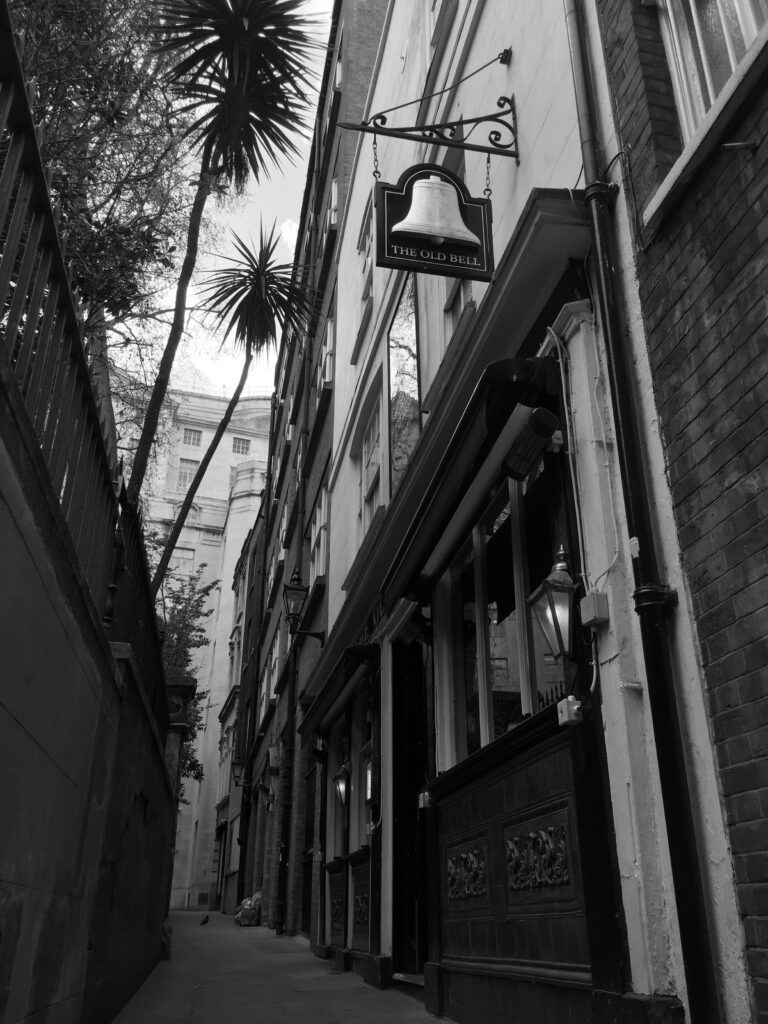
As can old ruins like the church of St Dunstan-in-the-East, gutted by bombing in the Second World War …
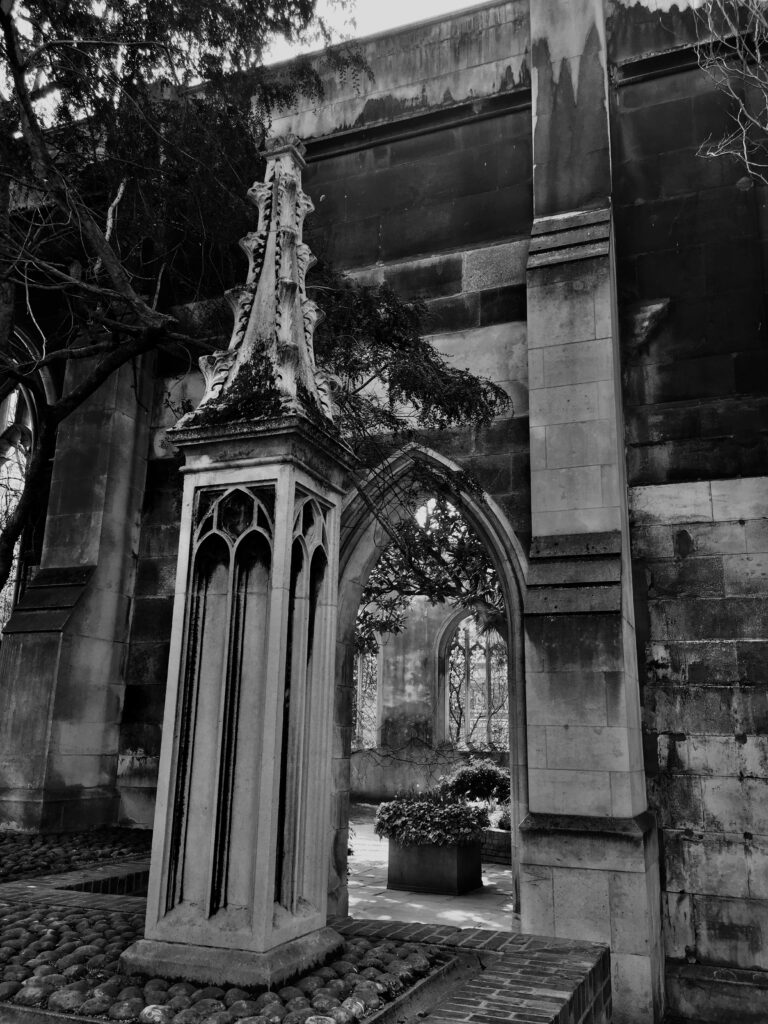
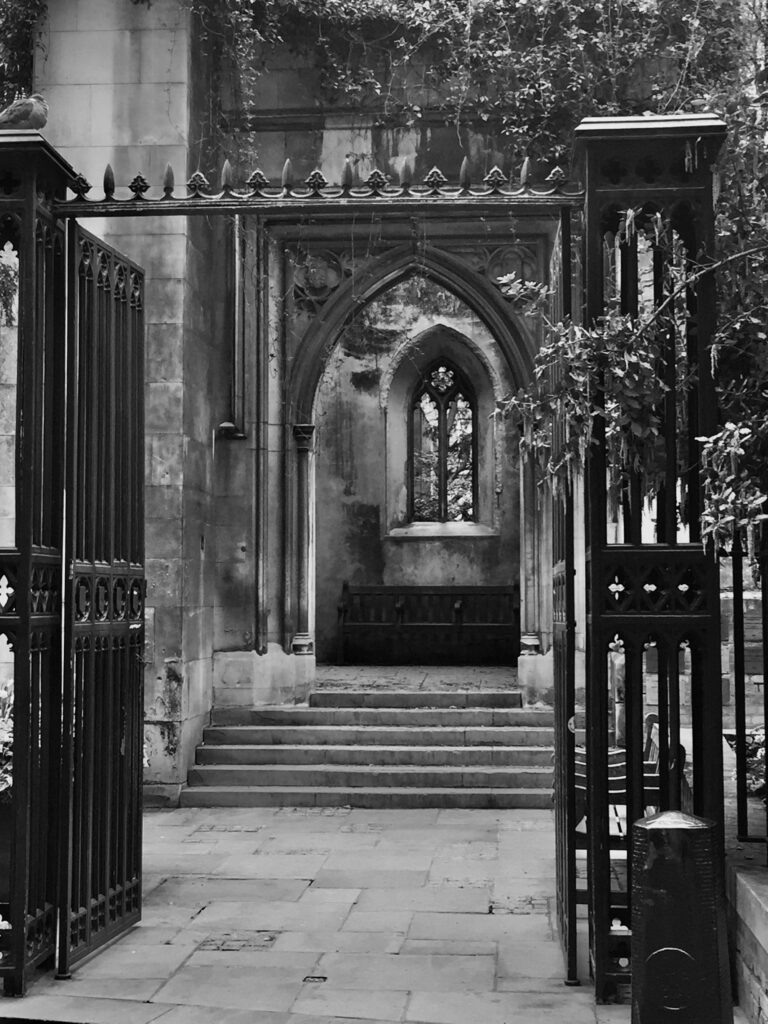
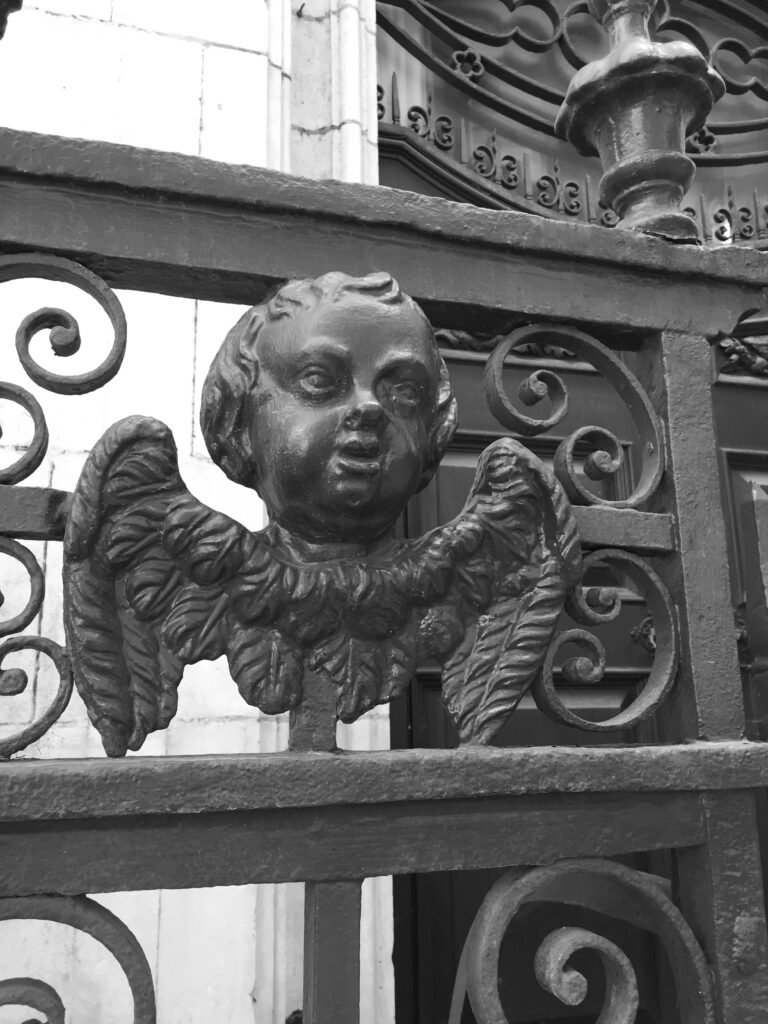
I like The Cottage at number 3 Hayne Street, just off Charterhouse Square …
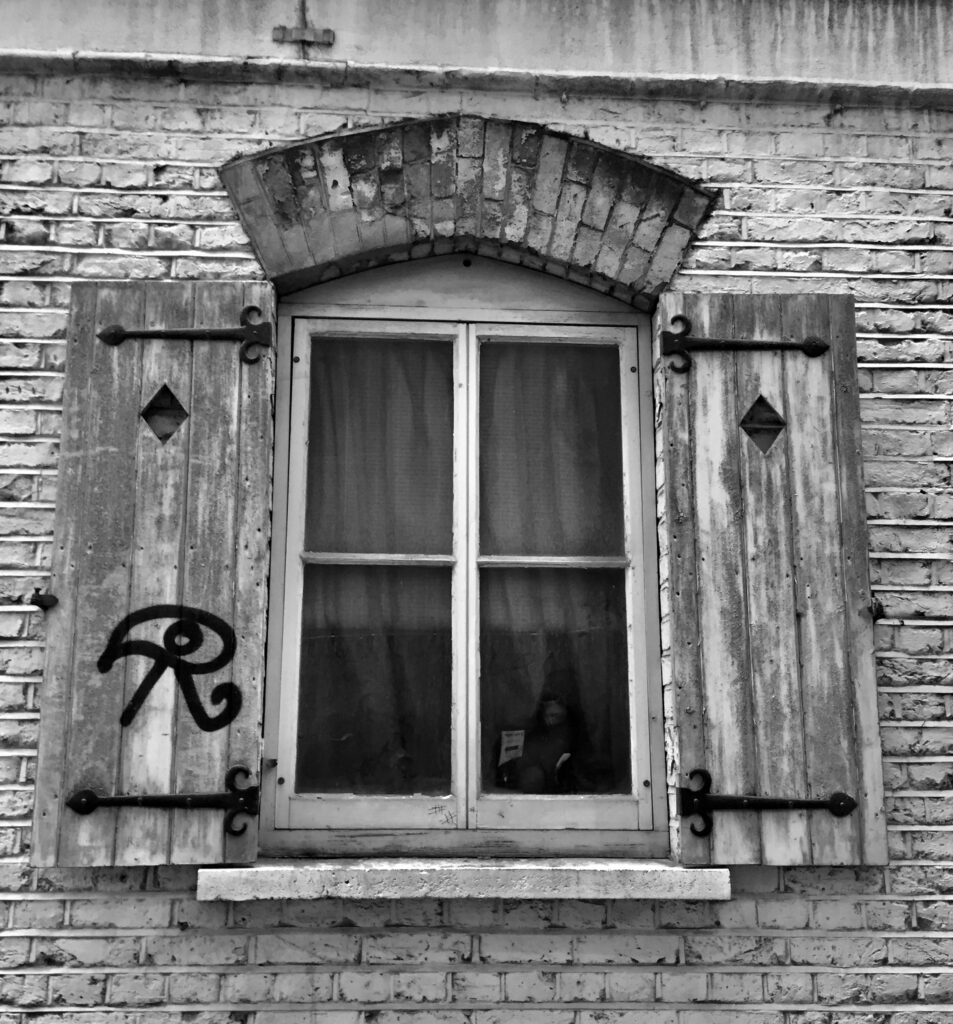
Read more about it here.
Images of architecture seem to respond well to the black and white approach. New buildings dwarf Leadenhall Market …
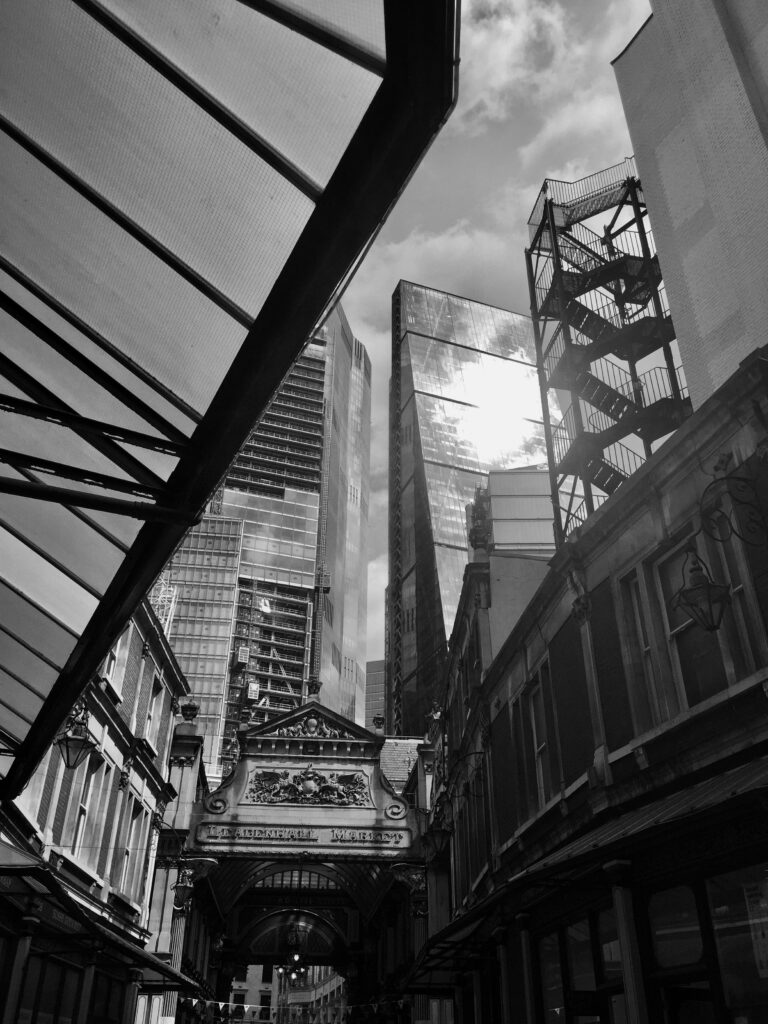
The Duke of Wellington at Bank Junction – a glass monster pierces the sky behind the Royal Exchange.
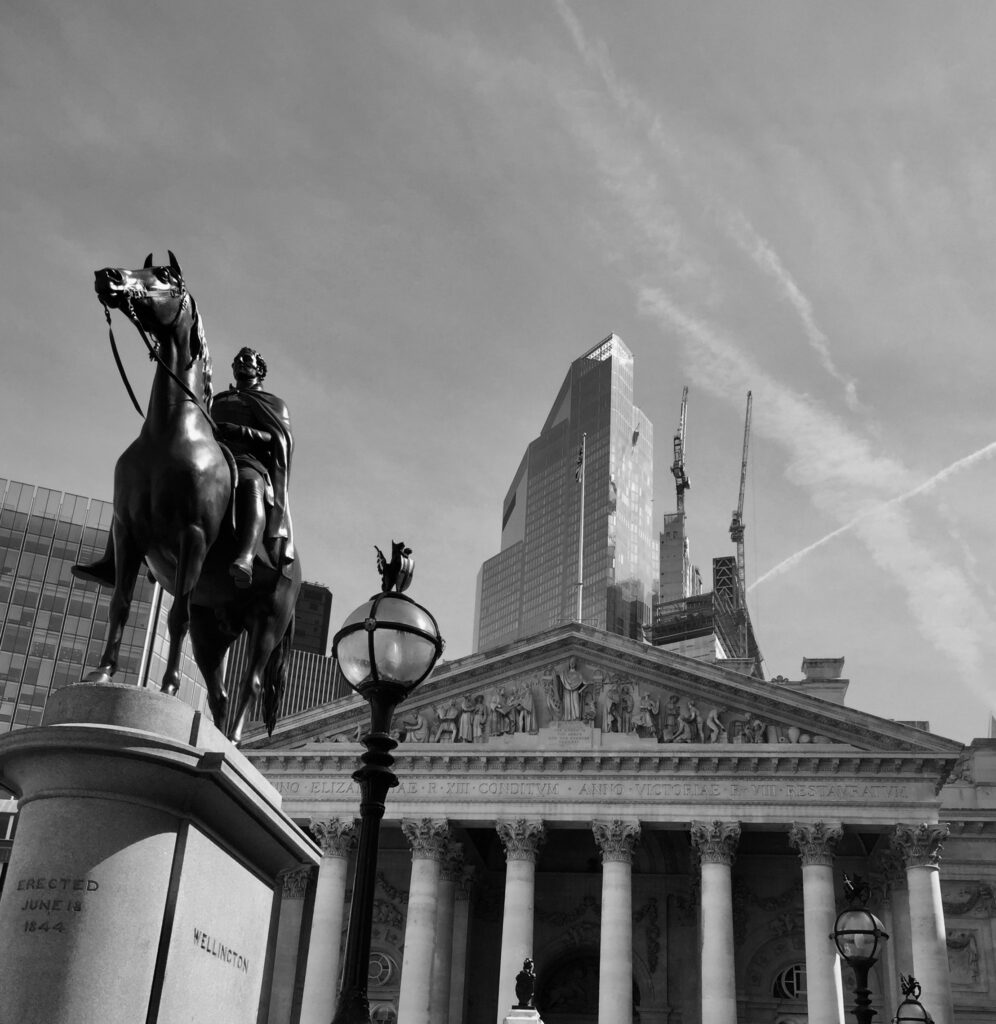
Tower 42 …
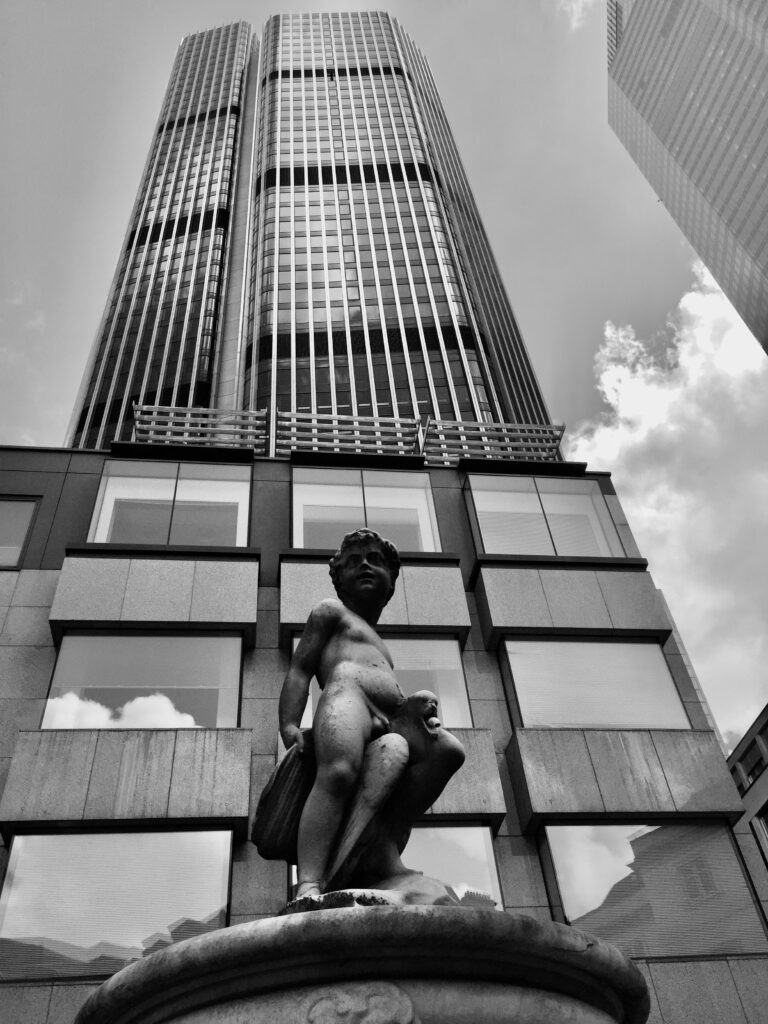
The Lloyd’s building …
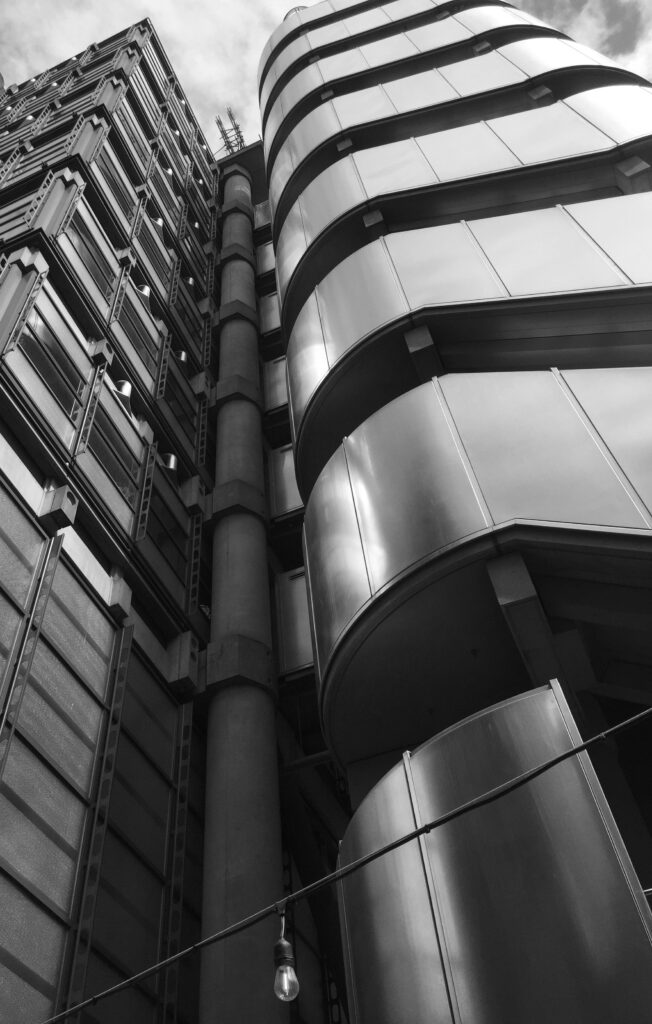
At the Barbican (with colour images for contrast) …
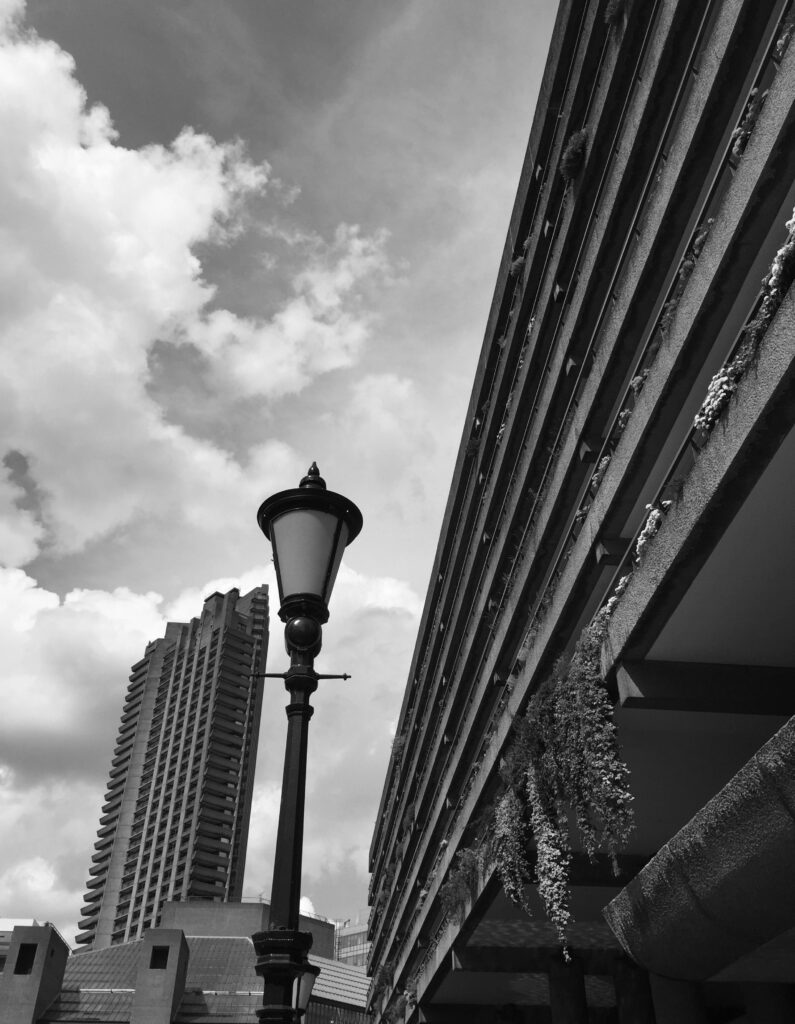
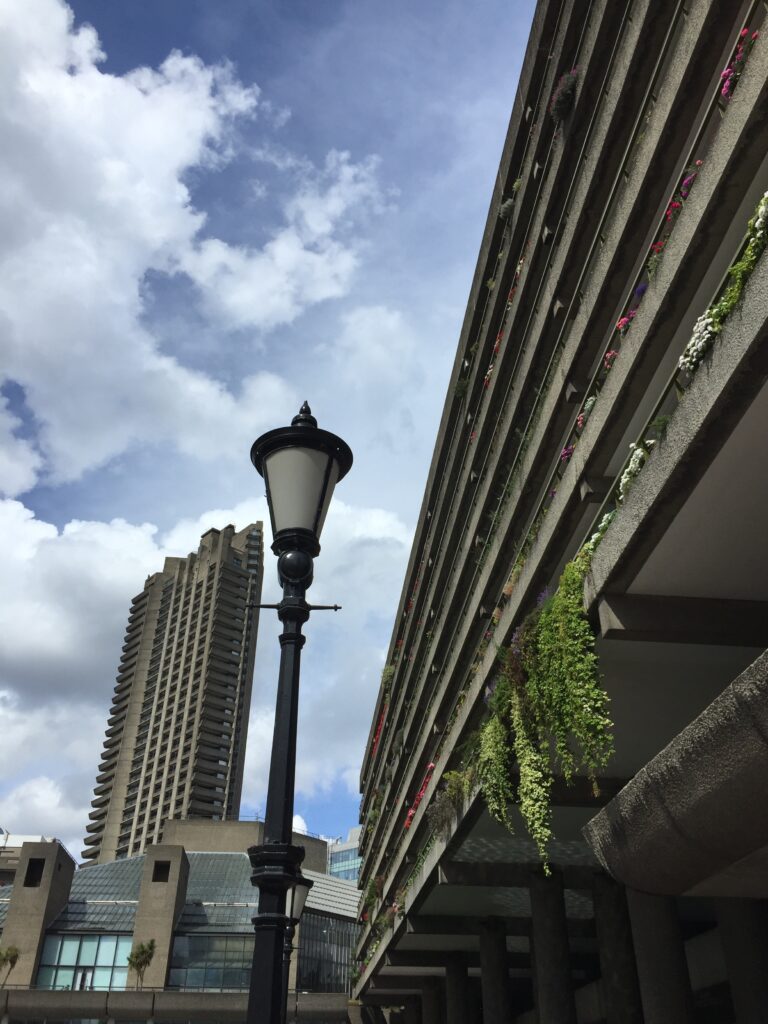
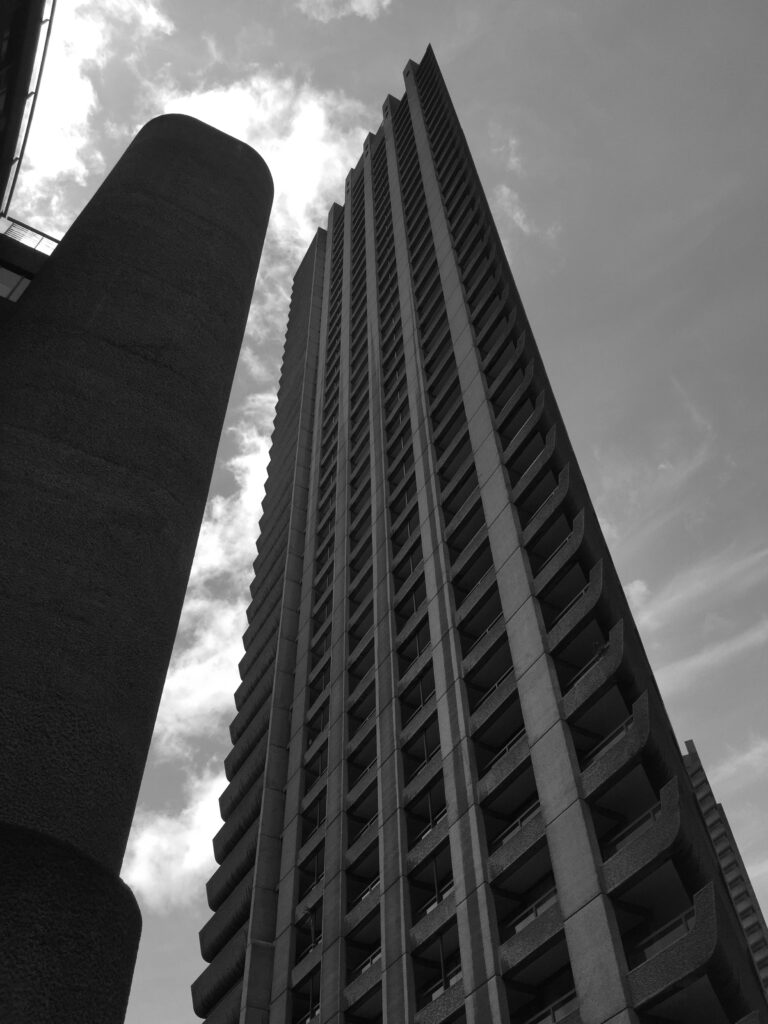
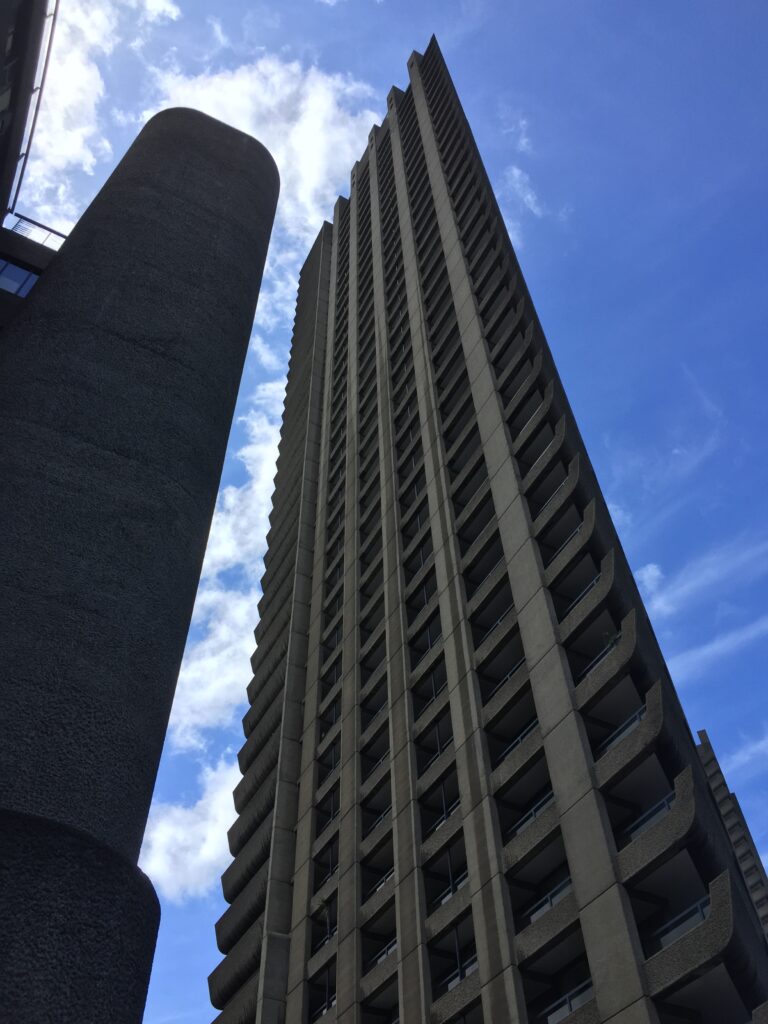
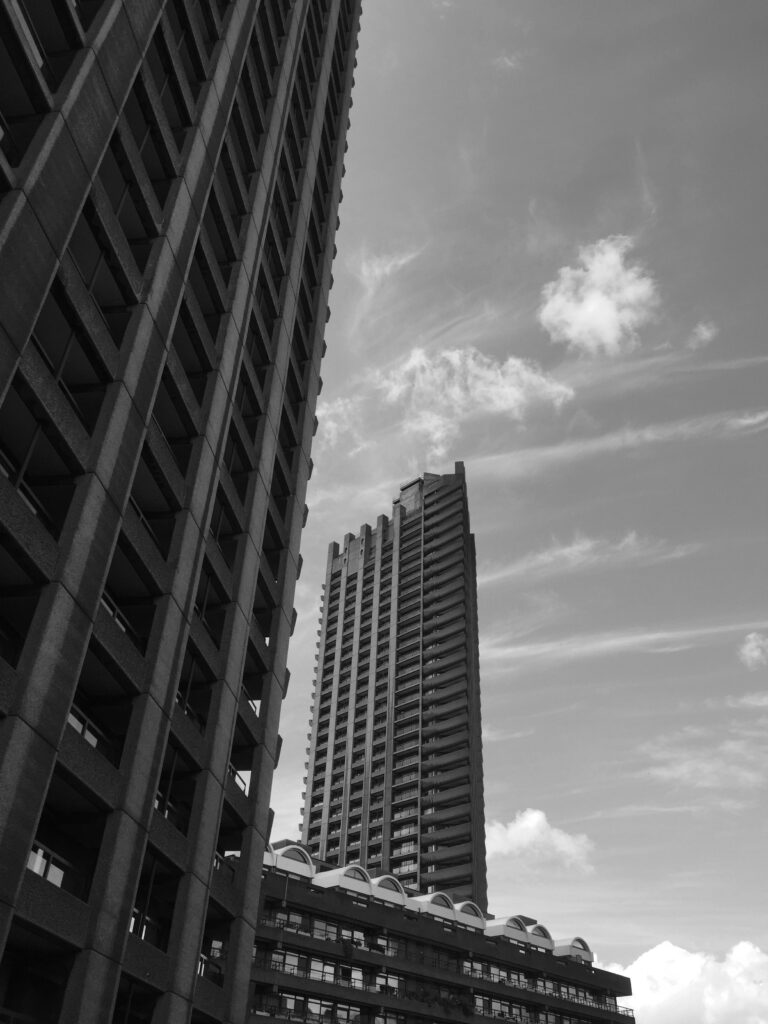
.
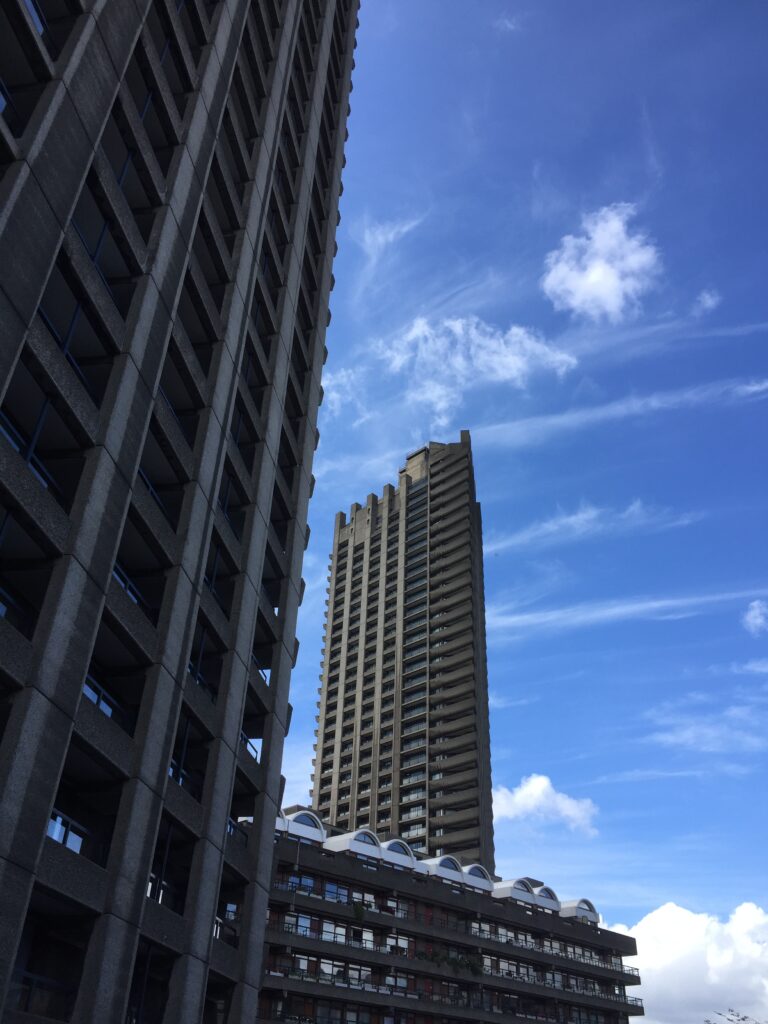
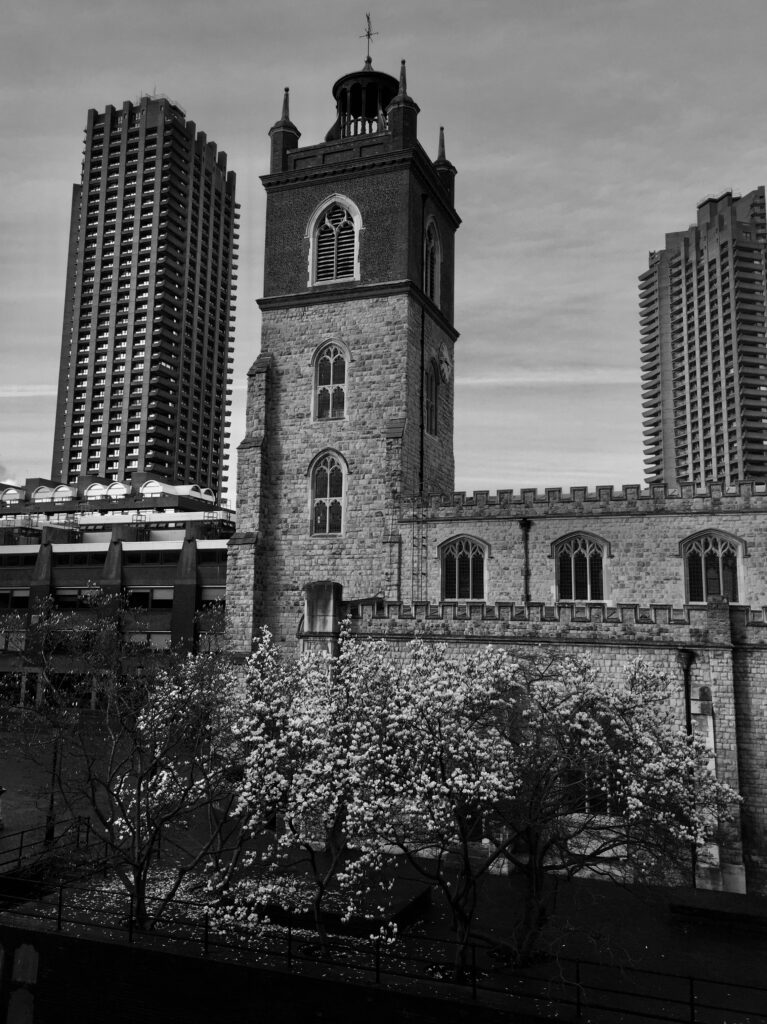
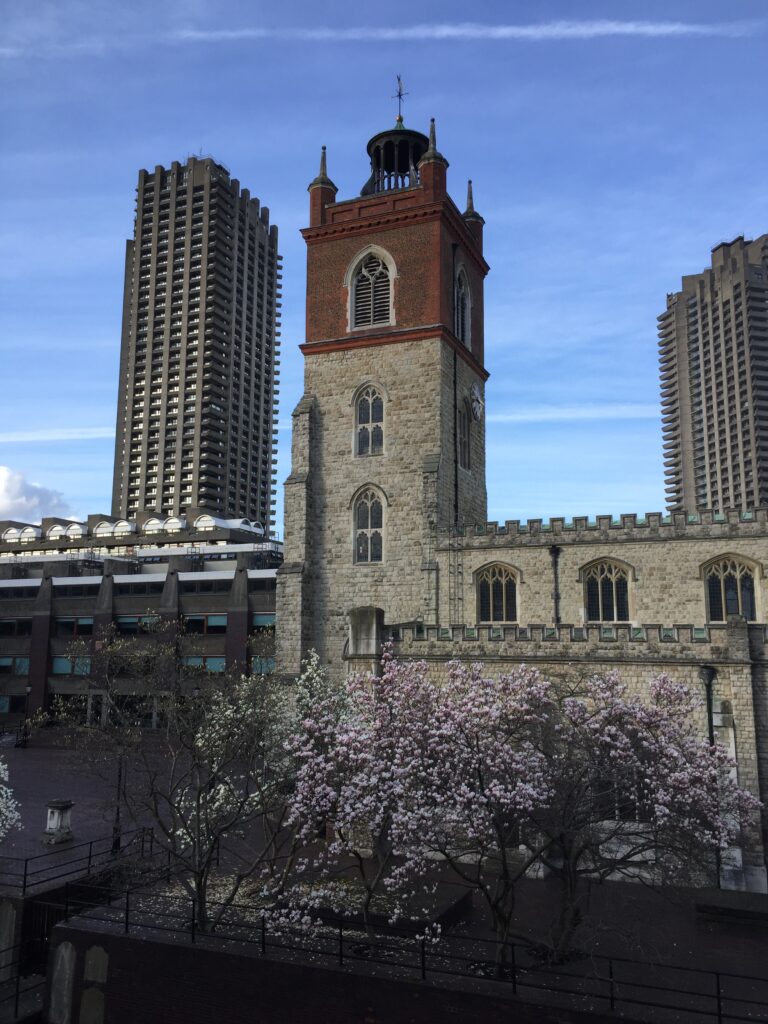
However, I think some images definitely work better in colour. Especially if there is some blue sky and fluffy clouds …
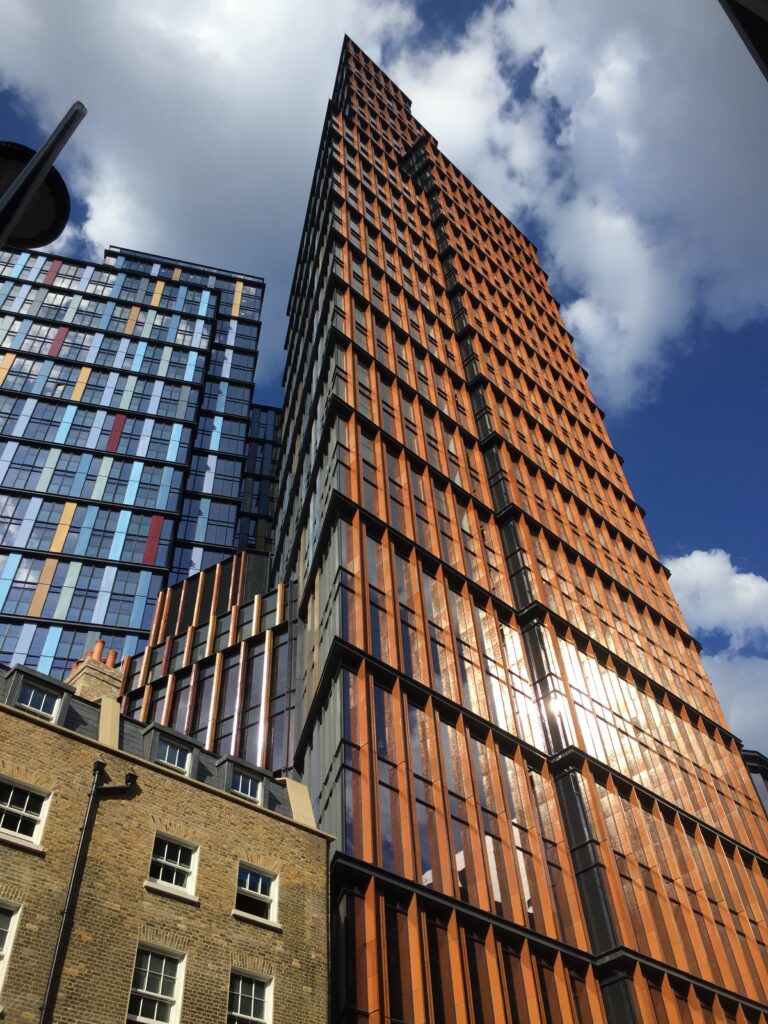
Here are a few quirky choices to finish.
The East Window in St Martin in the Fields. You can read all about it here.
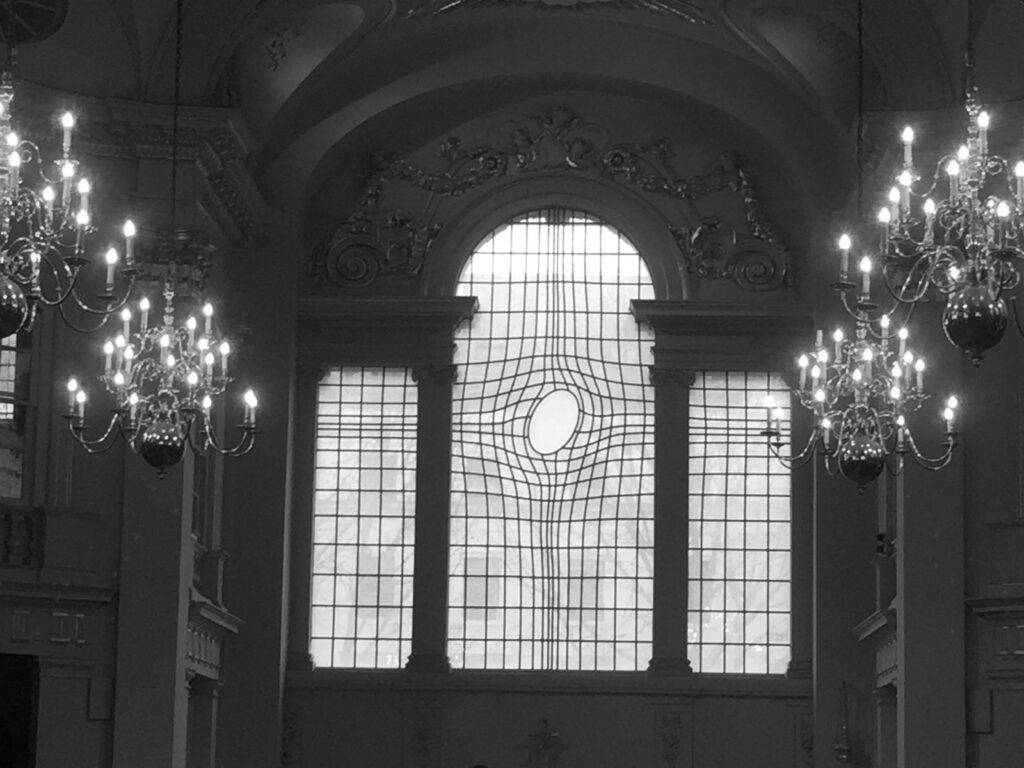
Chicago car park …
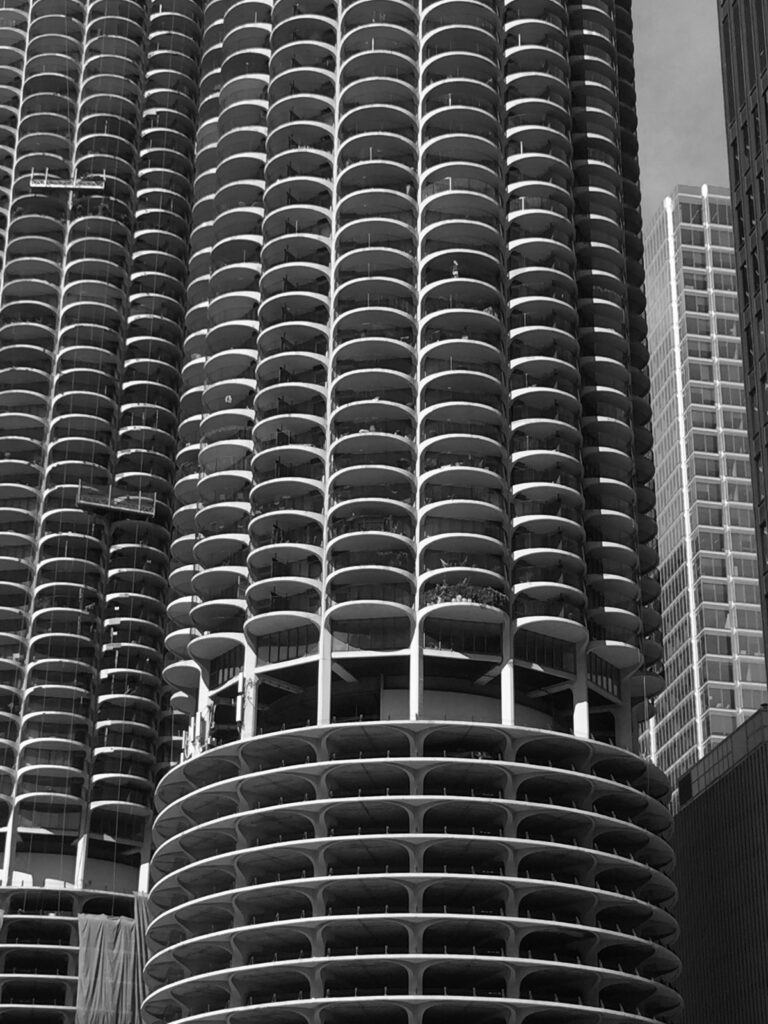
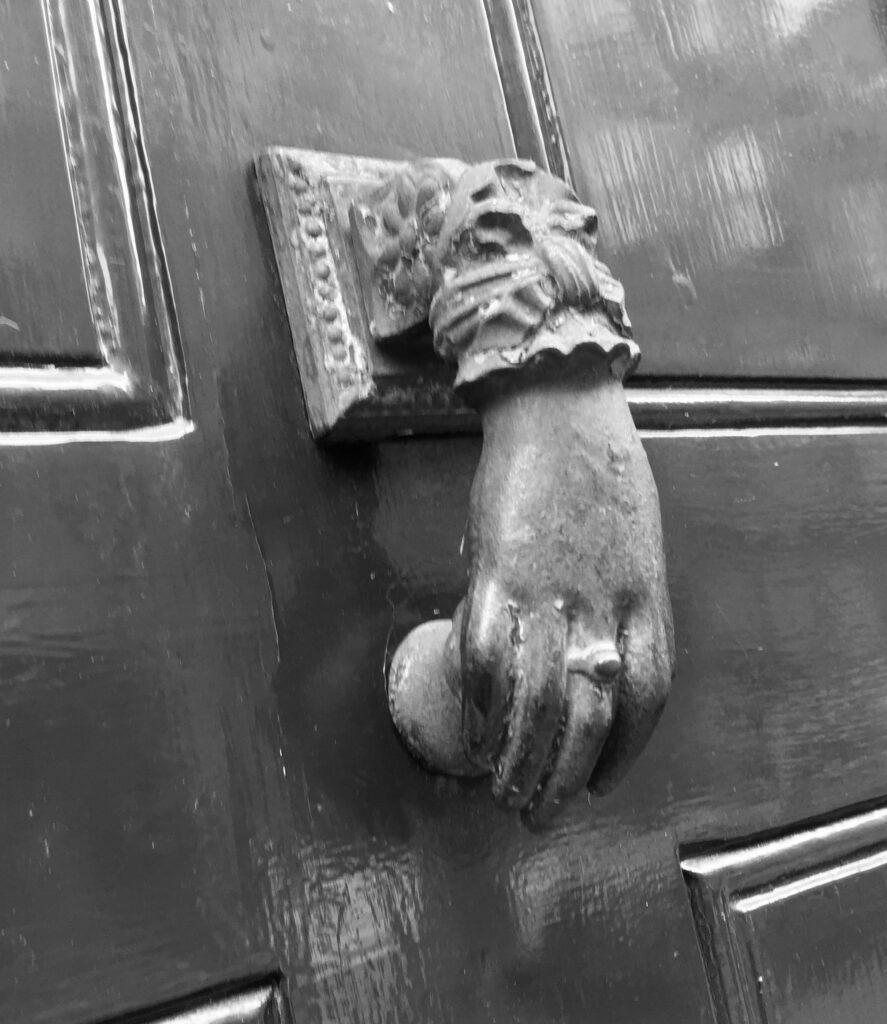
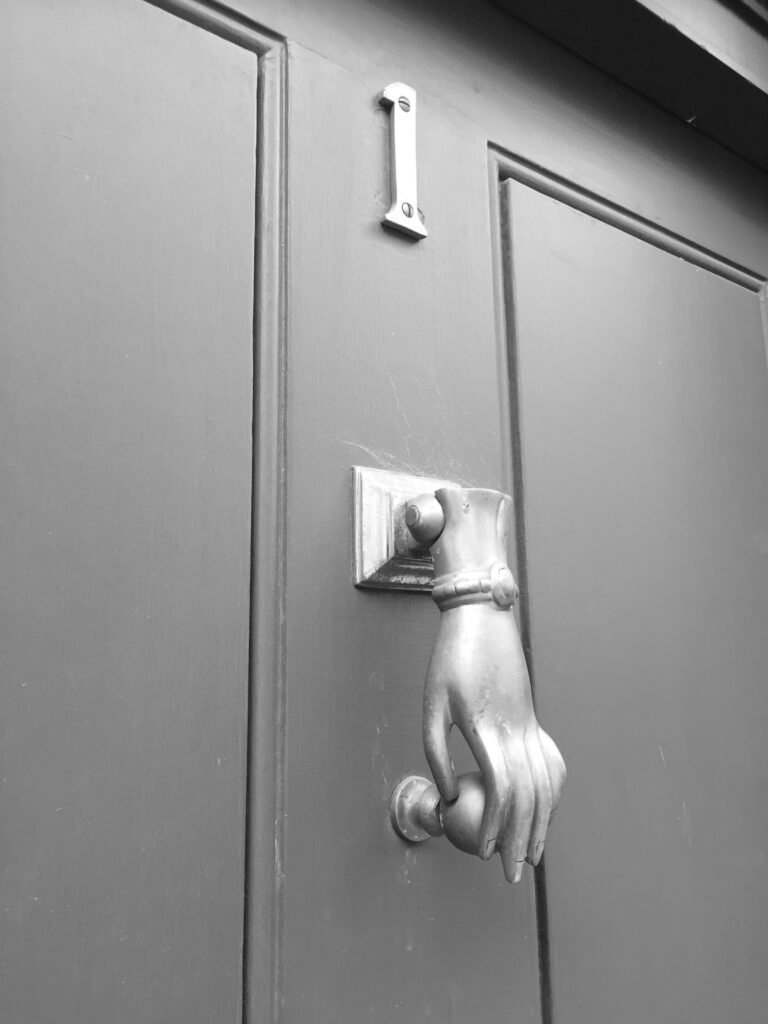
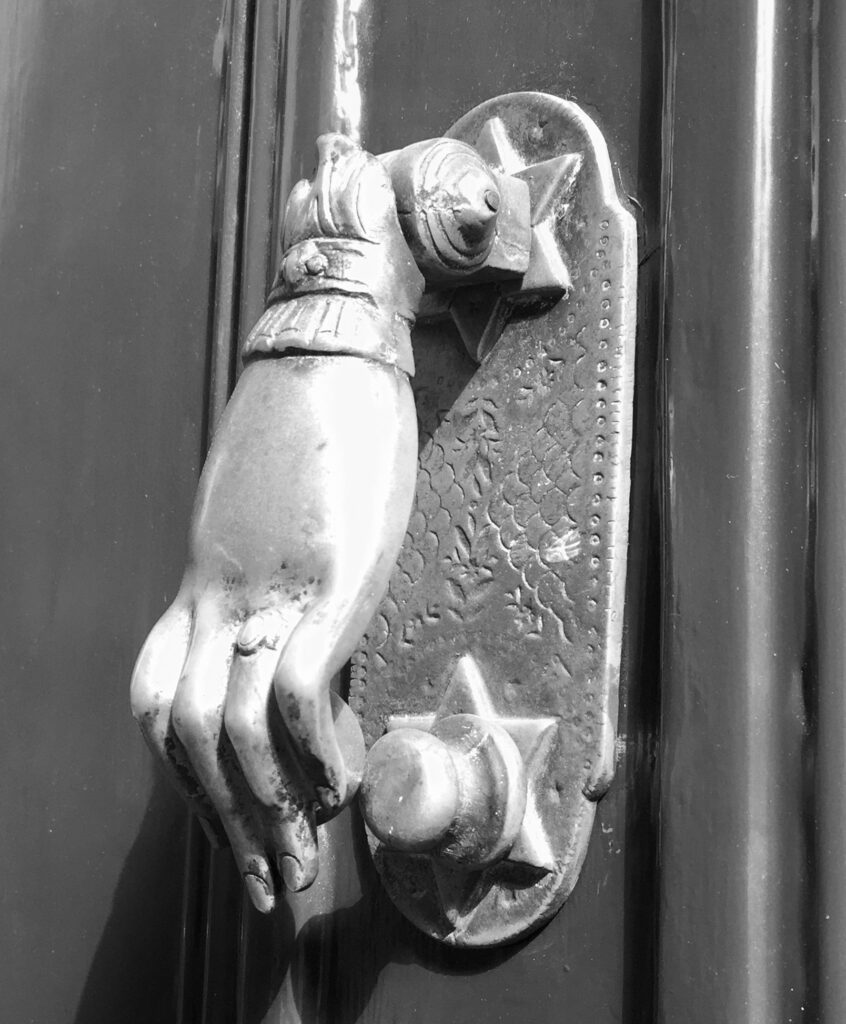
I think this exercise has convinced me to use more black and white images in future blogs.
If you would like to follow me on Instagram here is the link …

